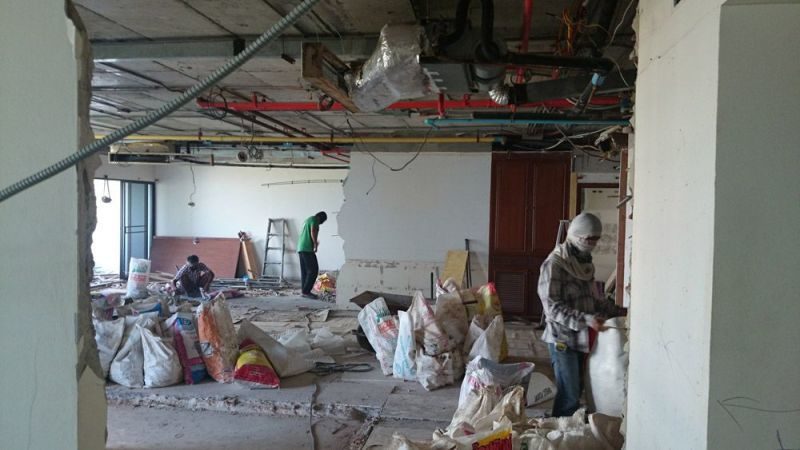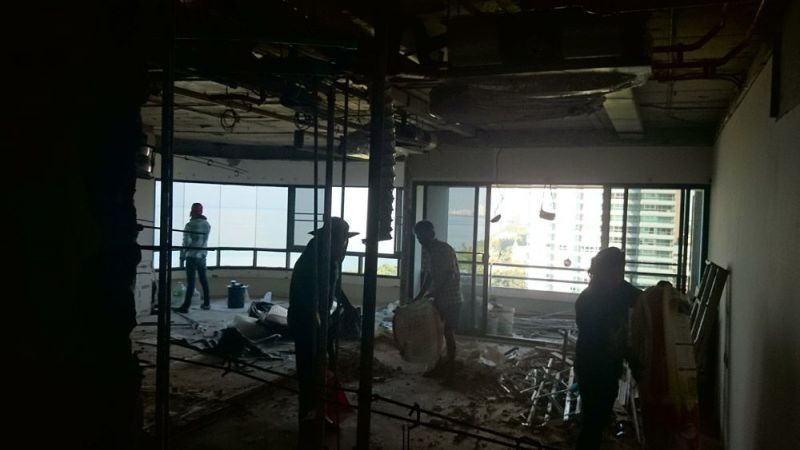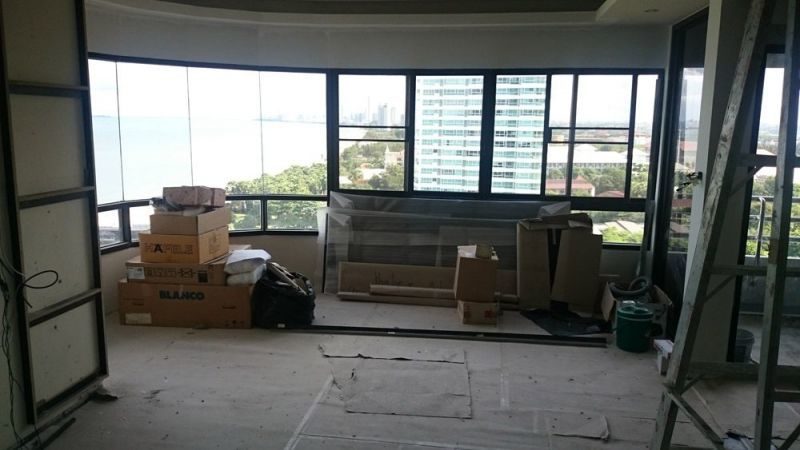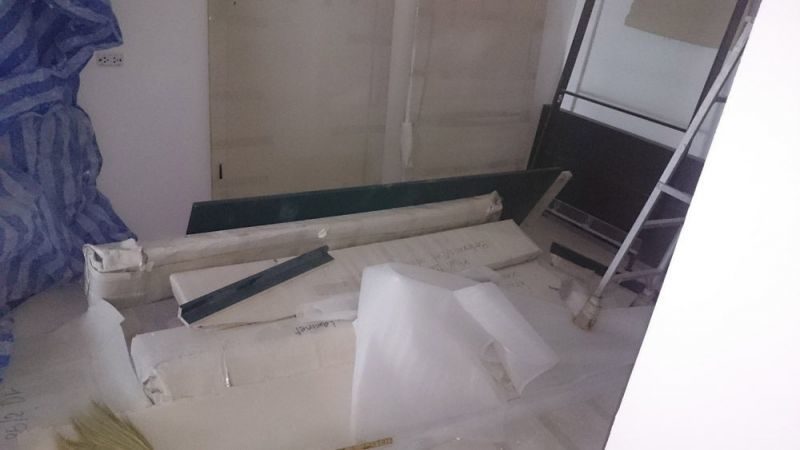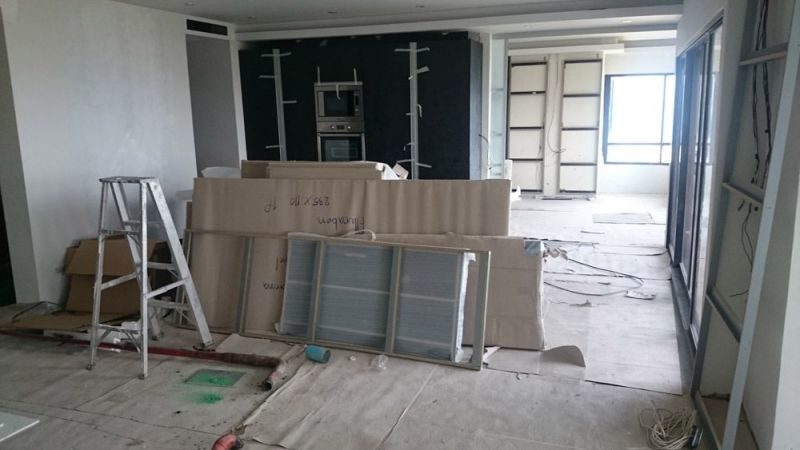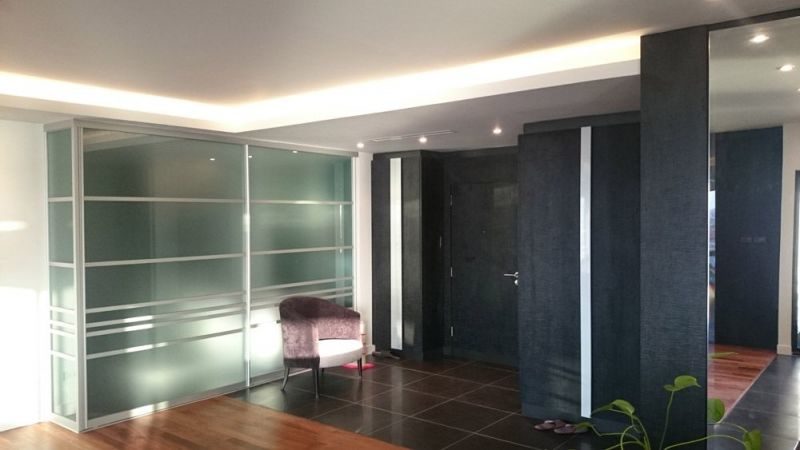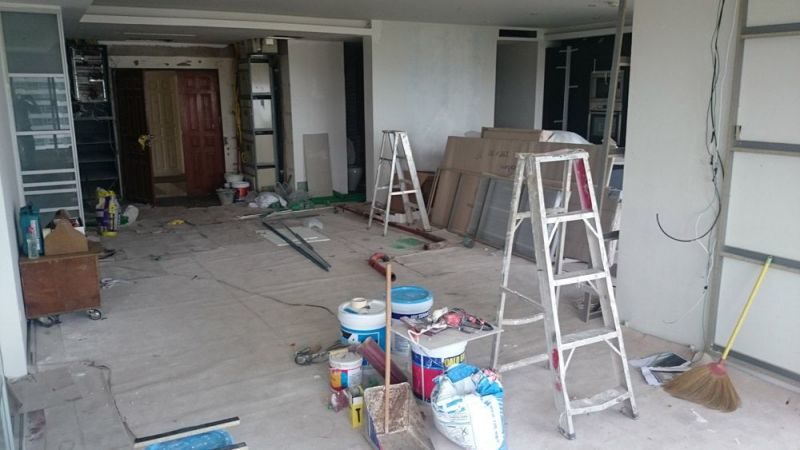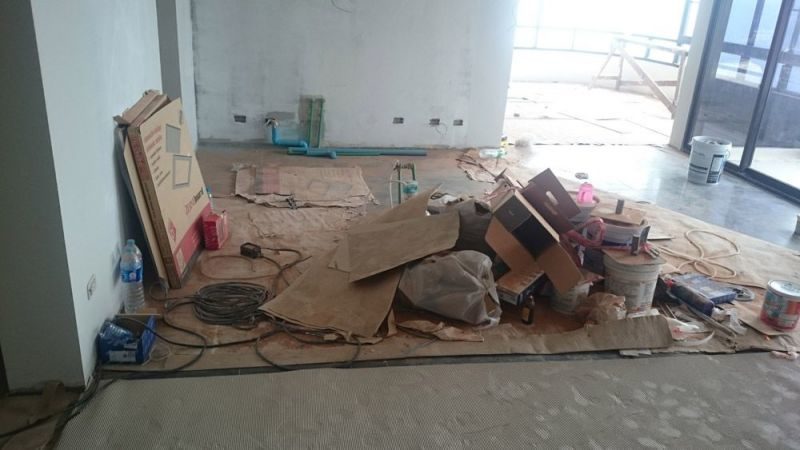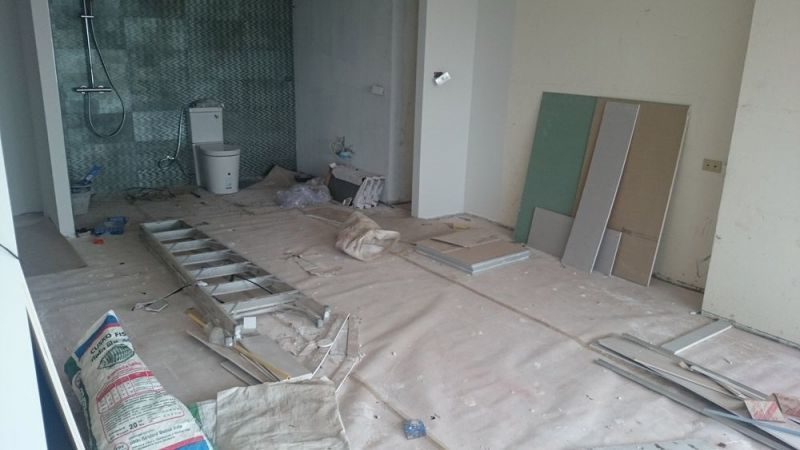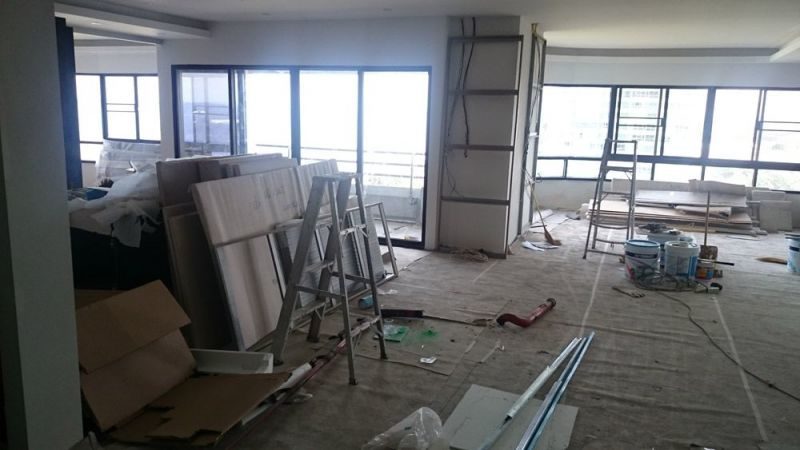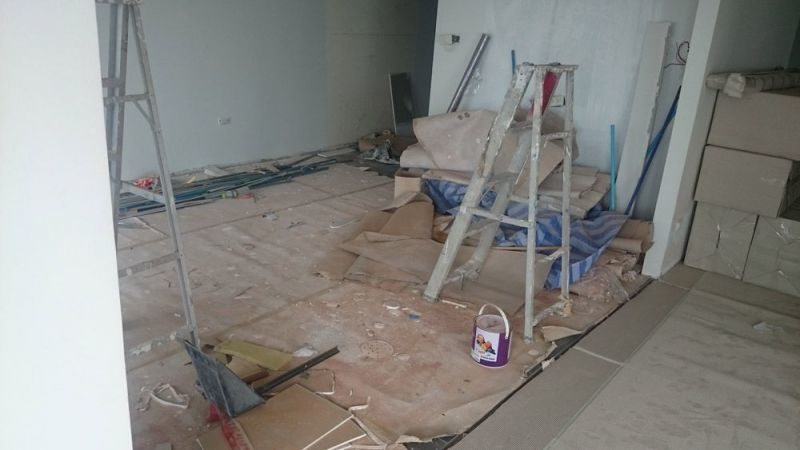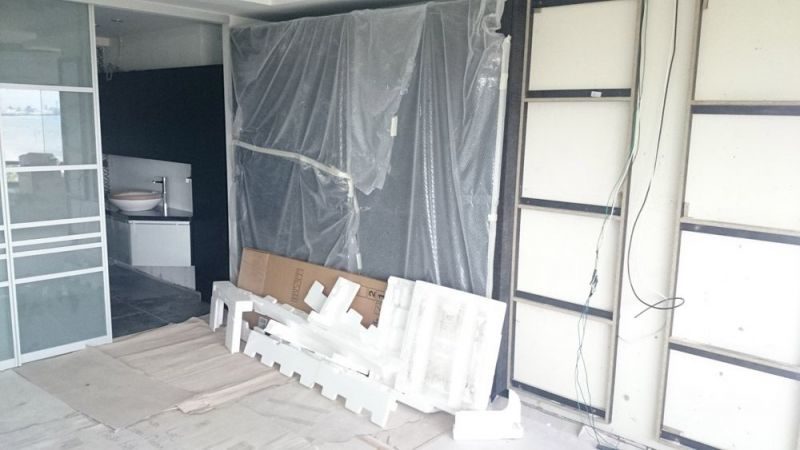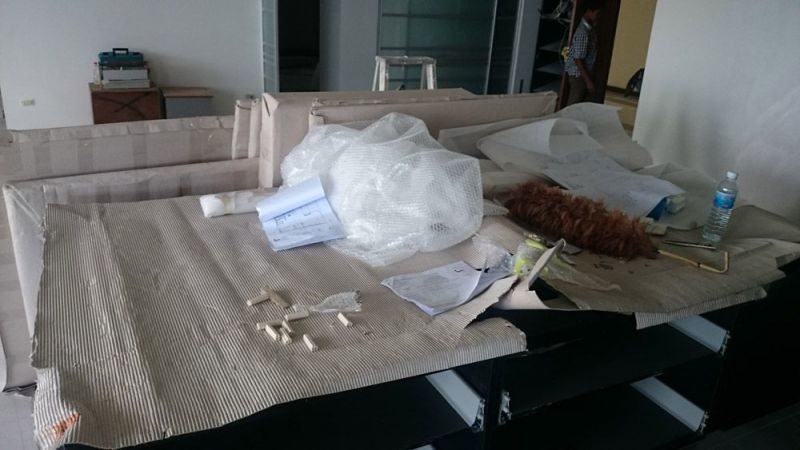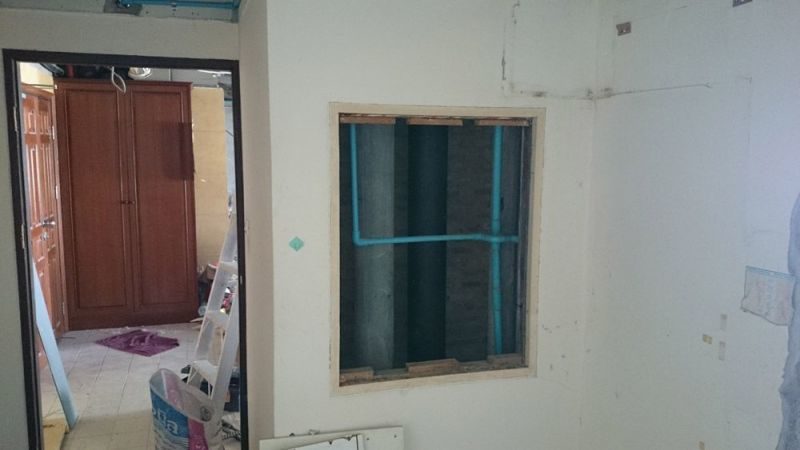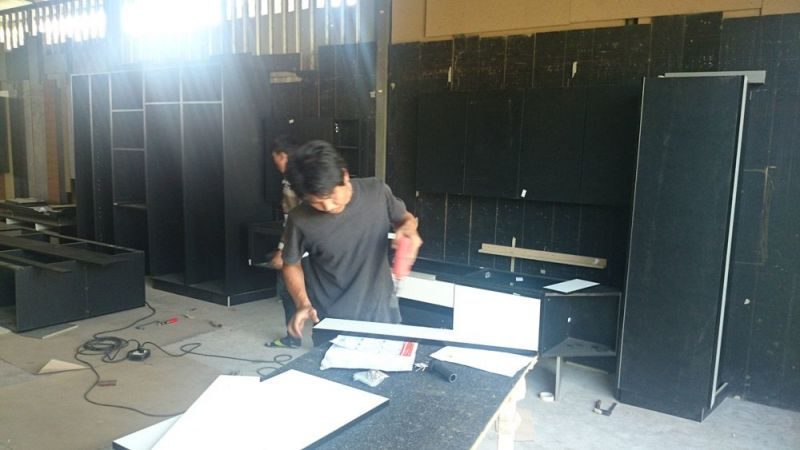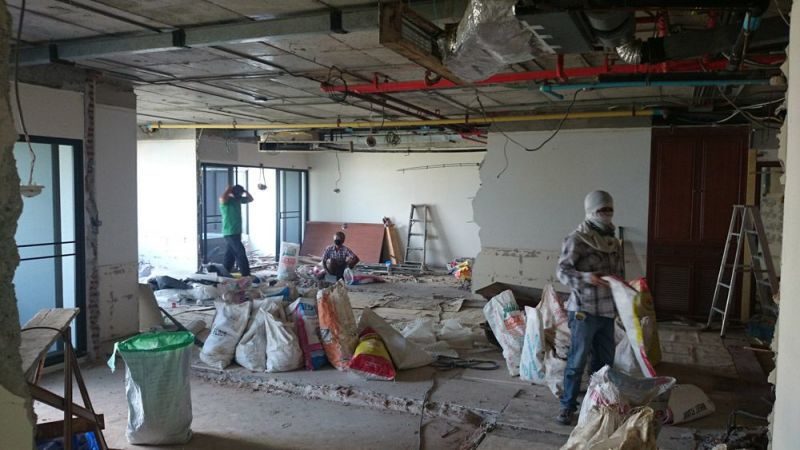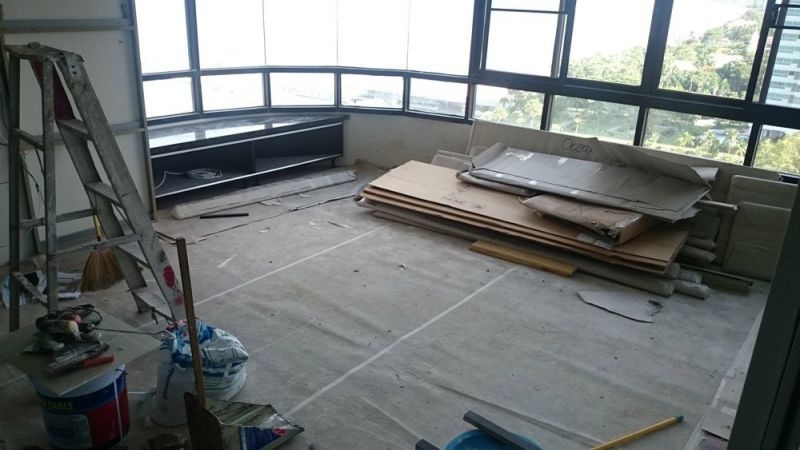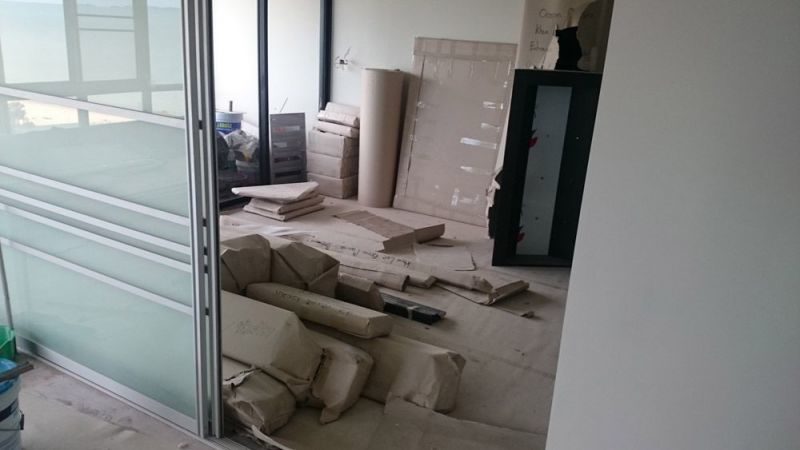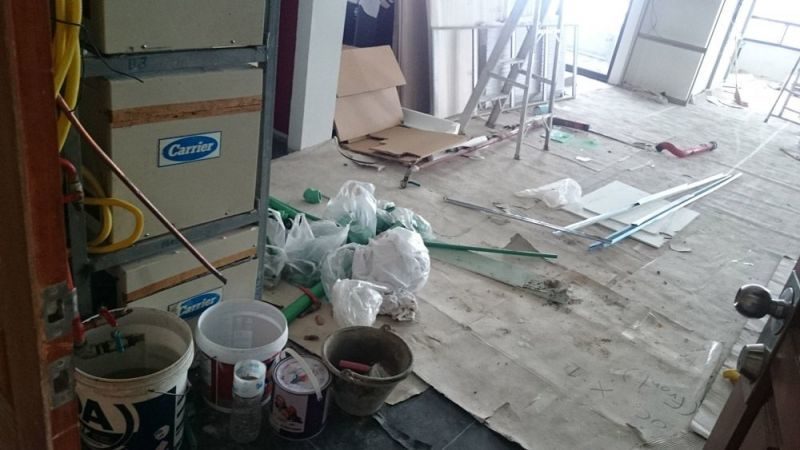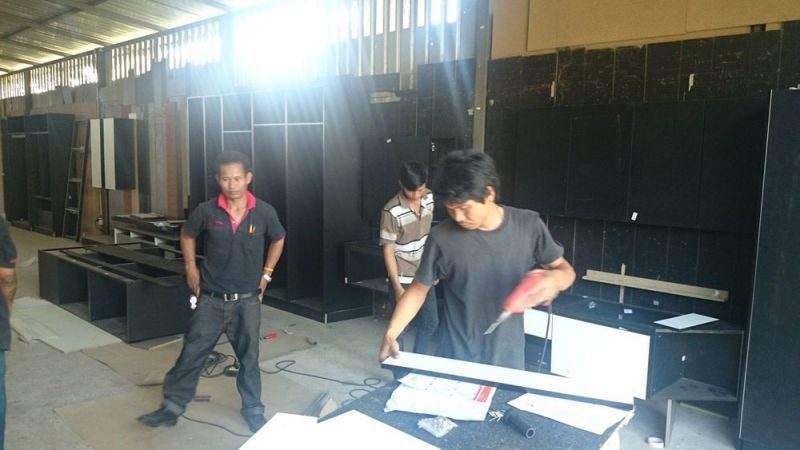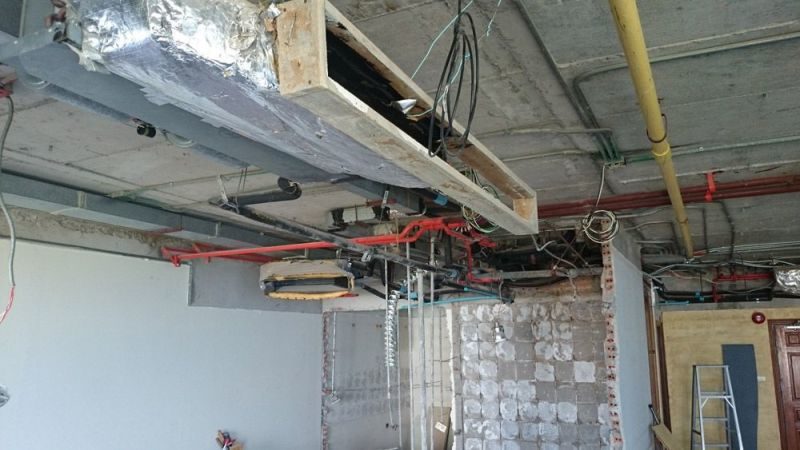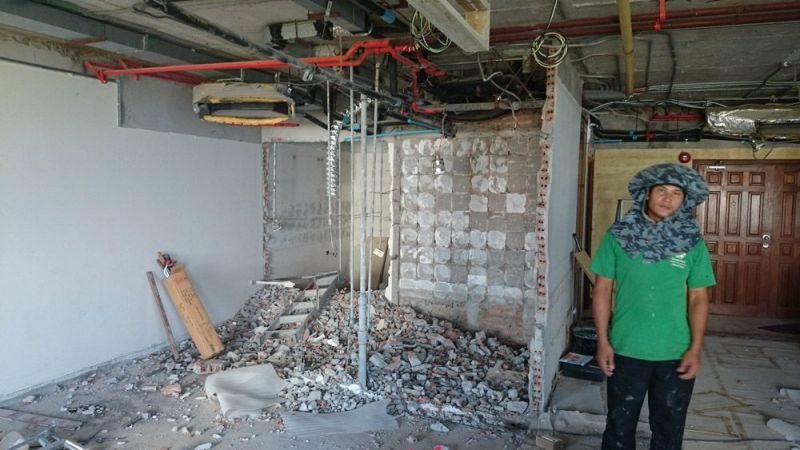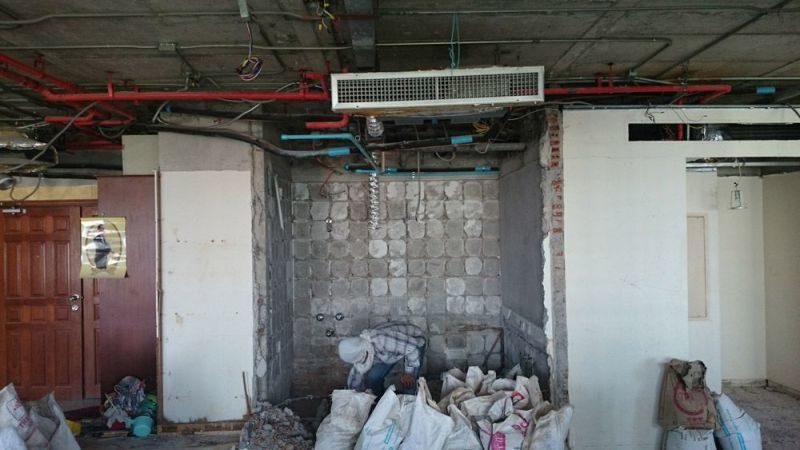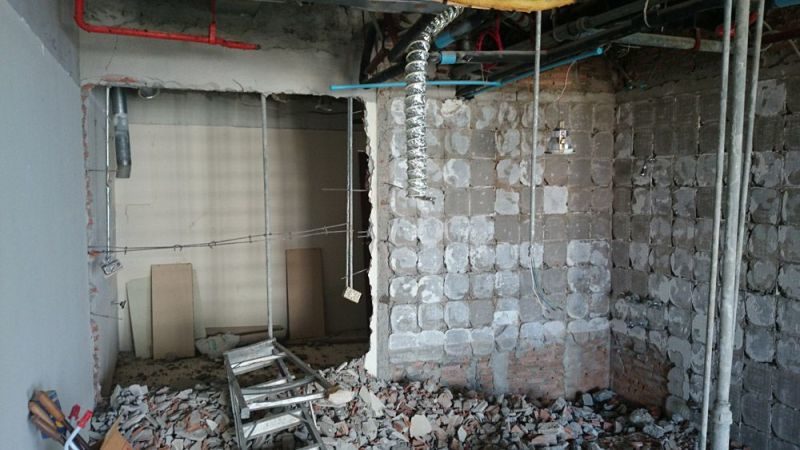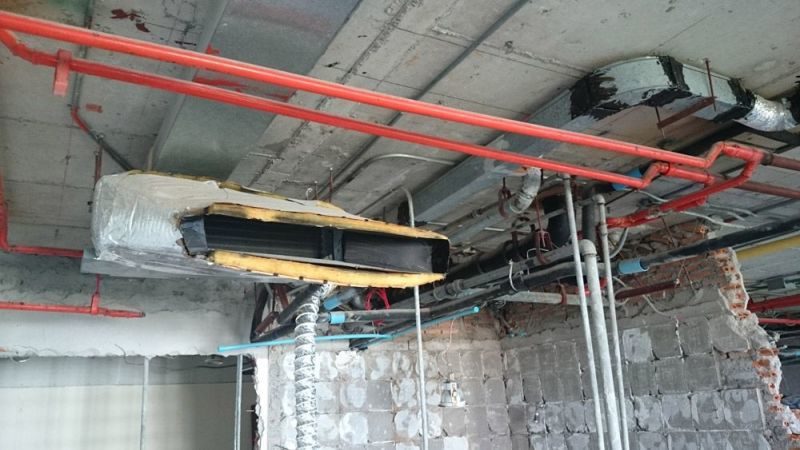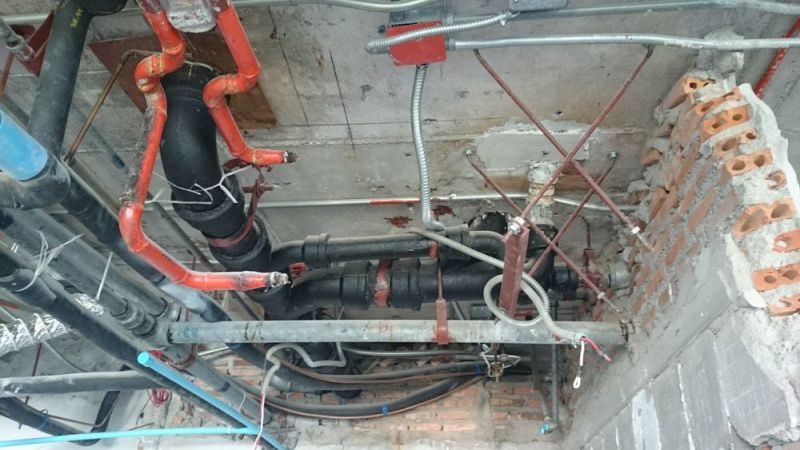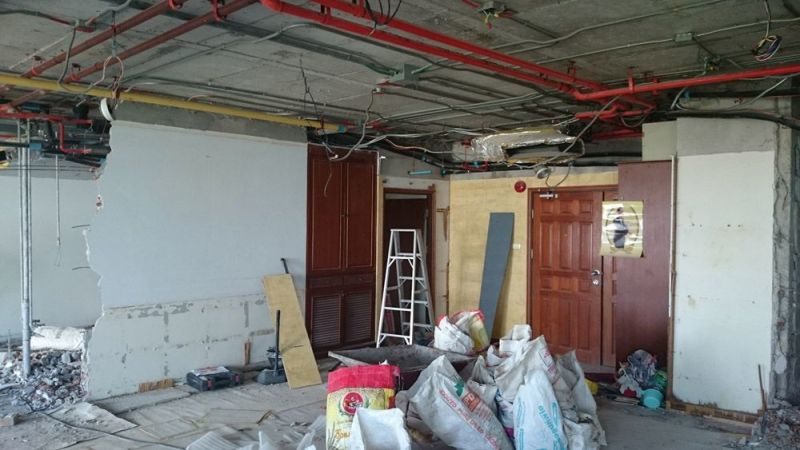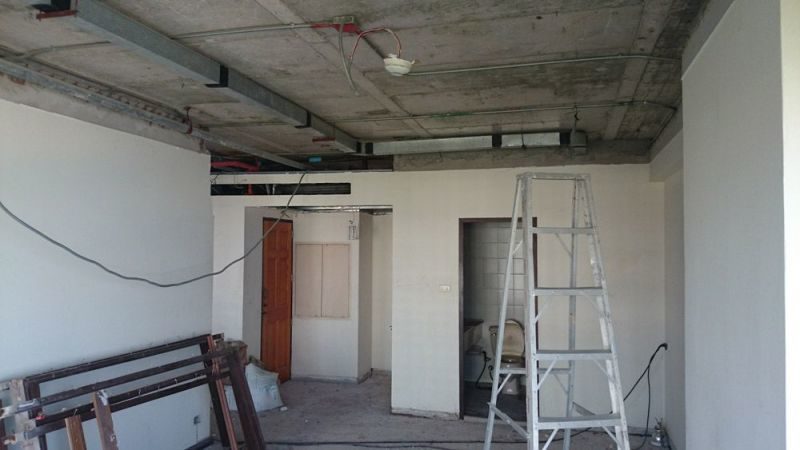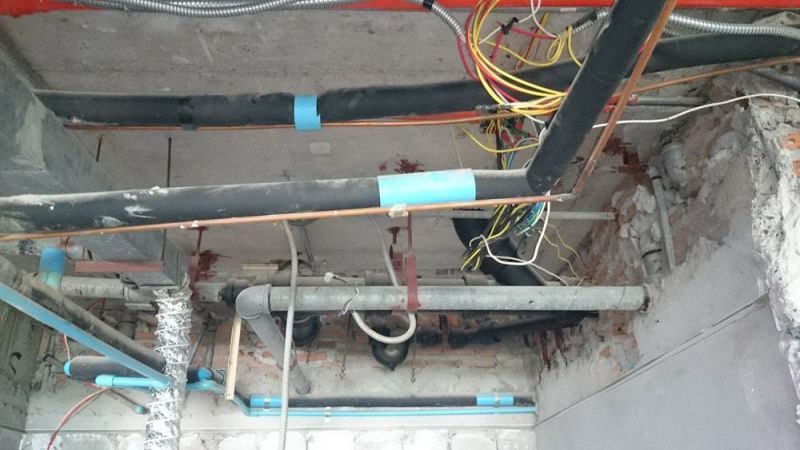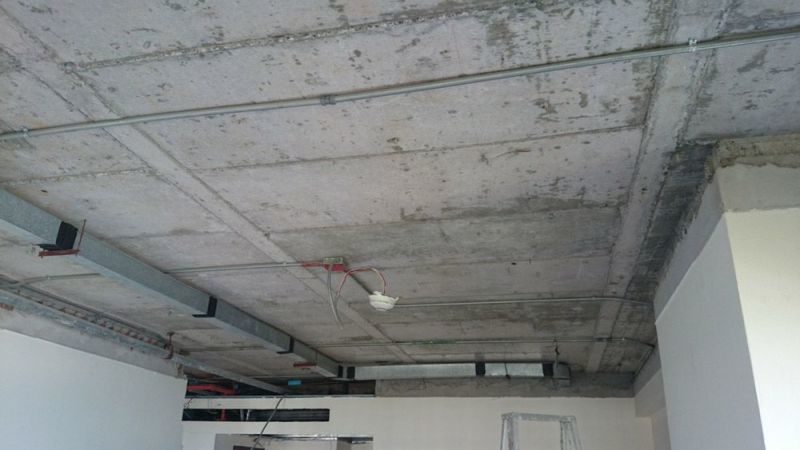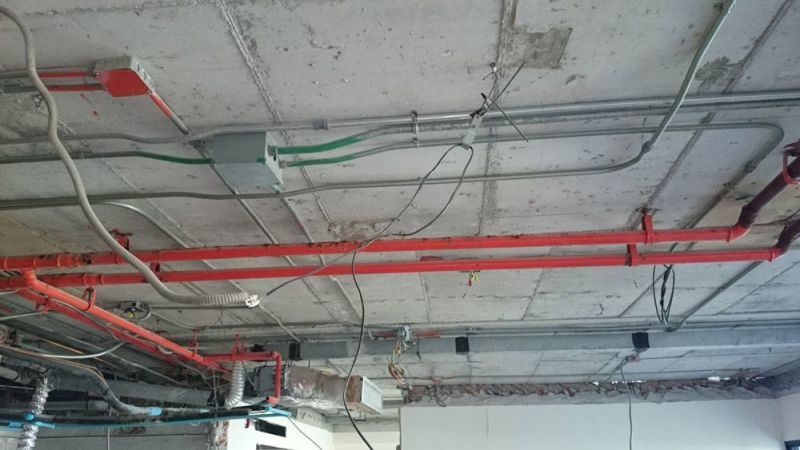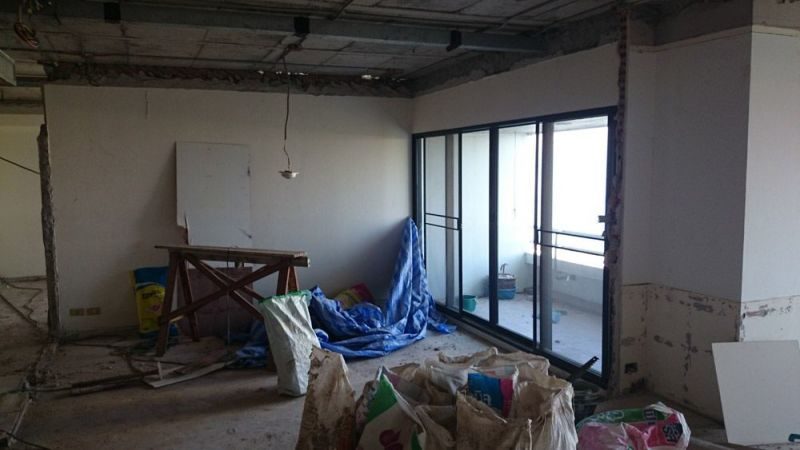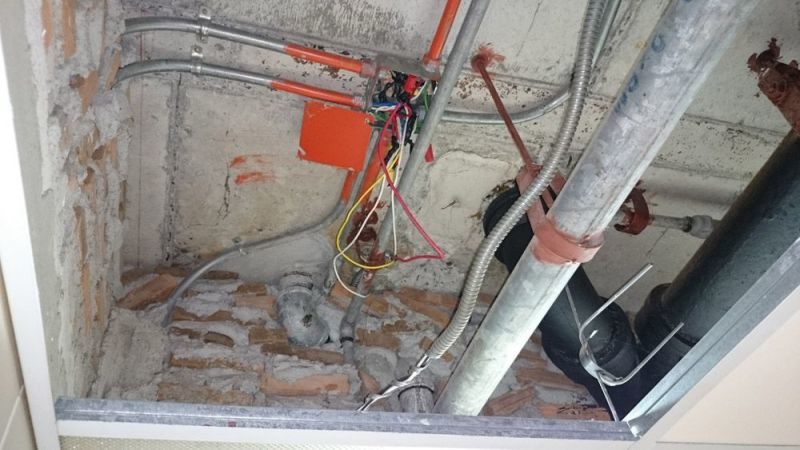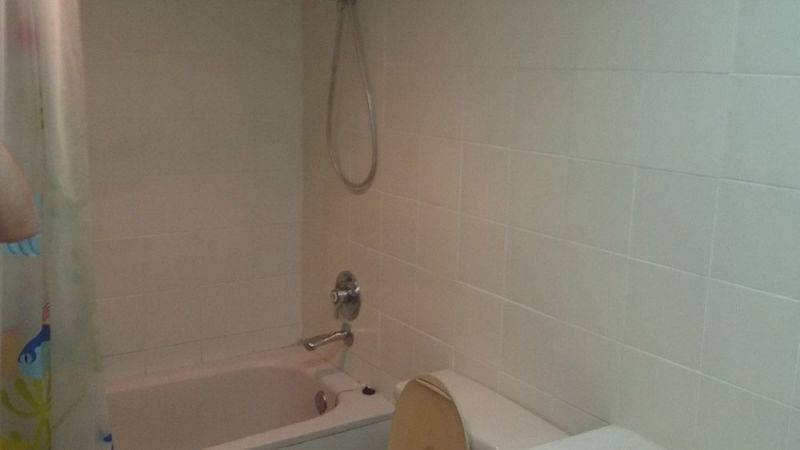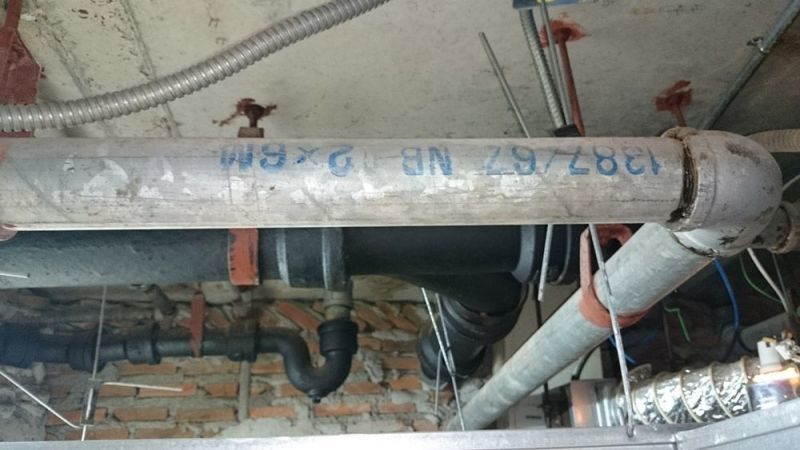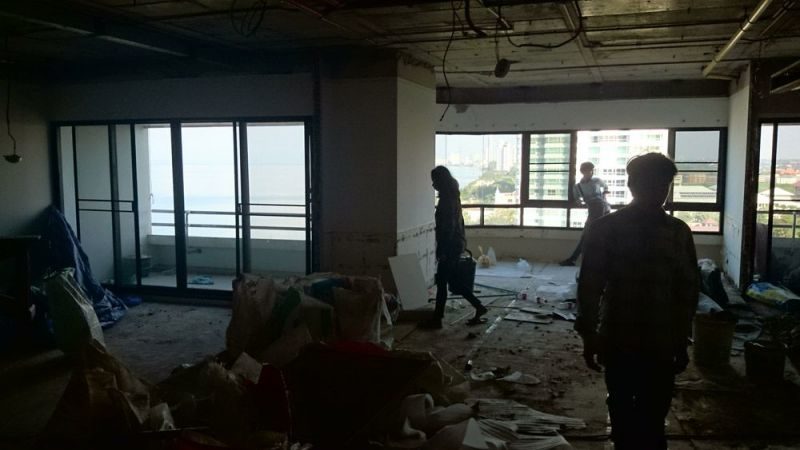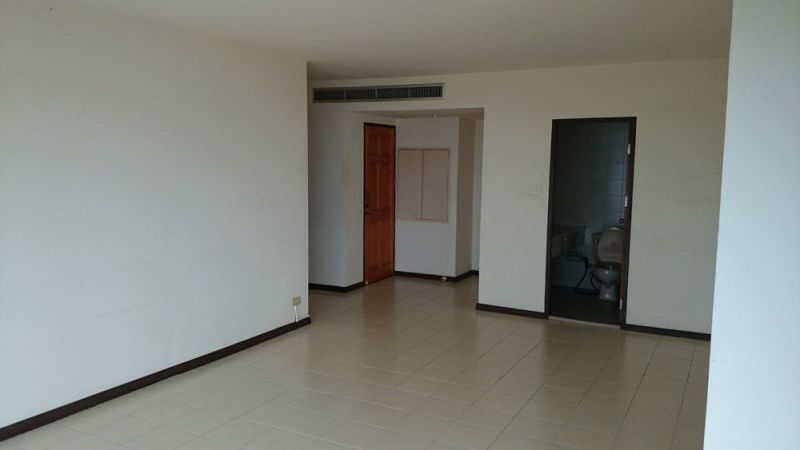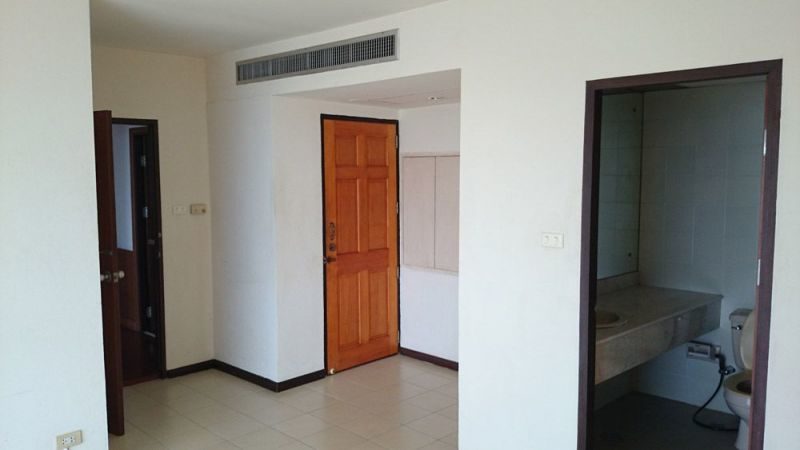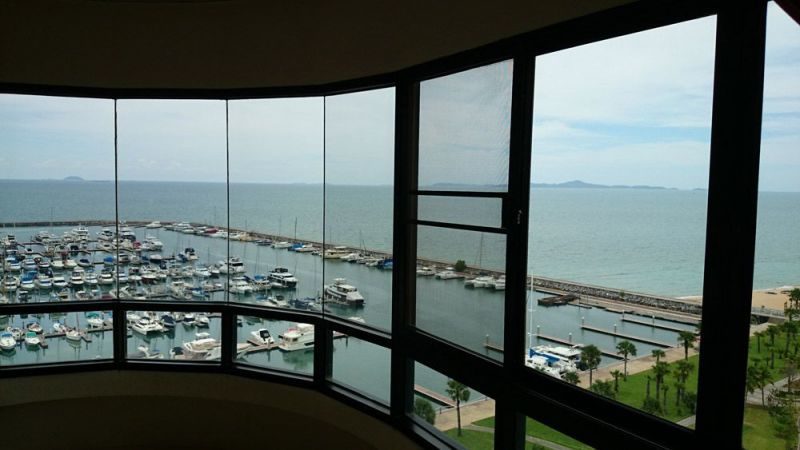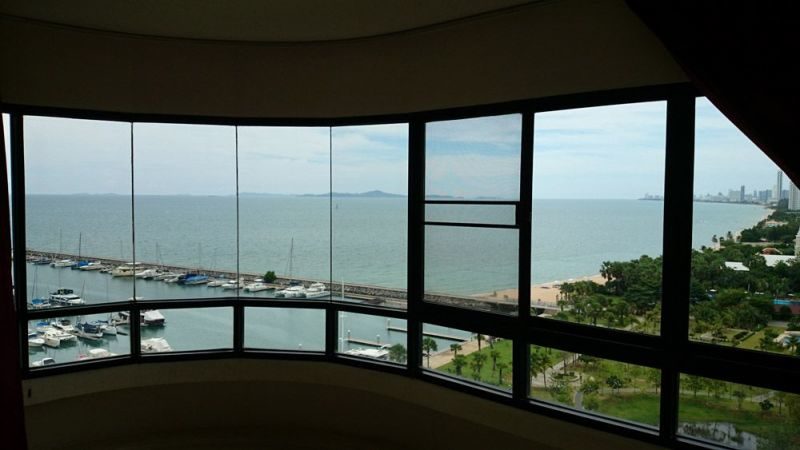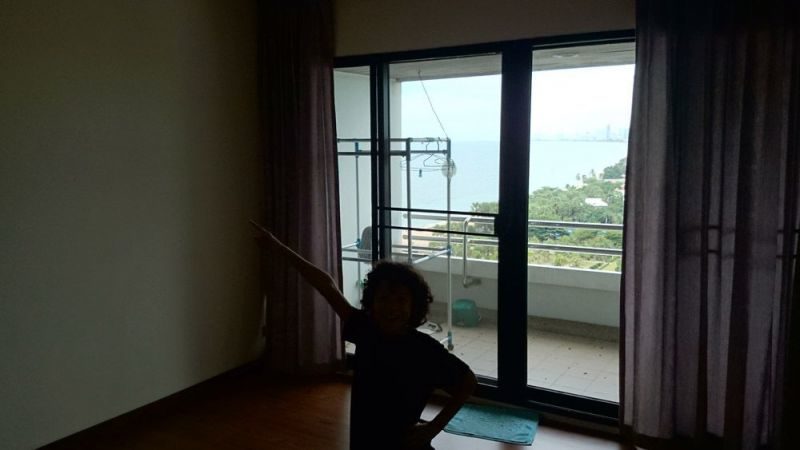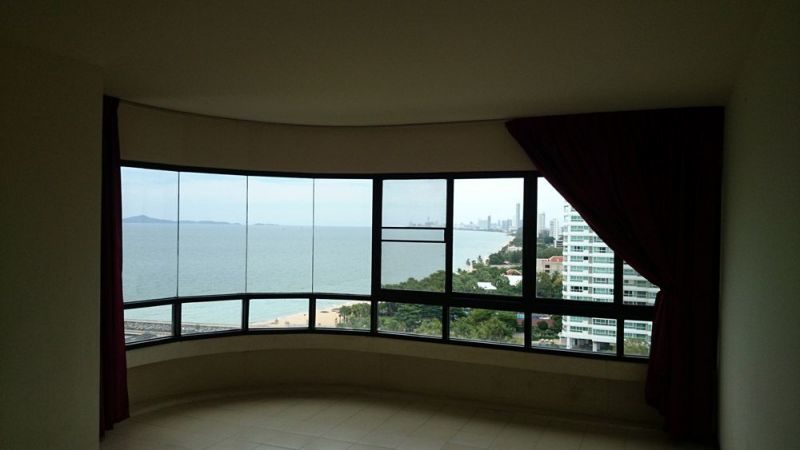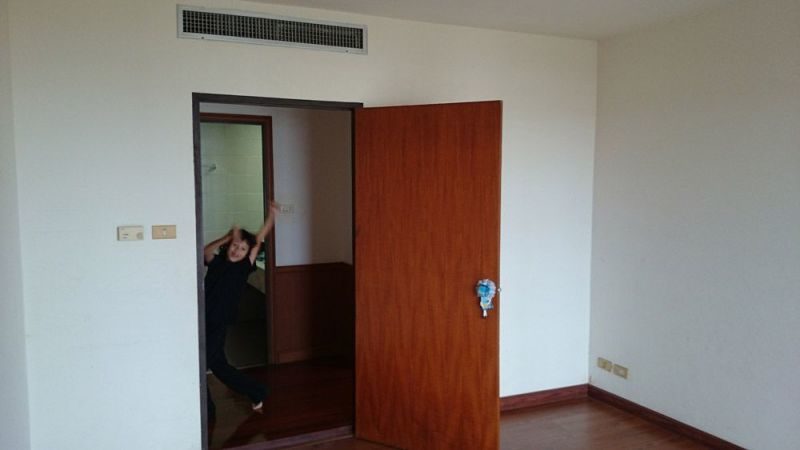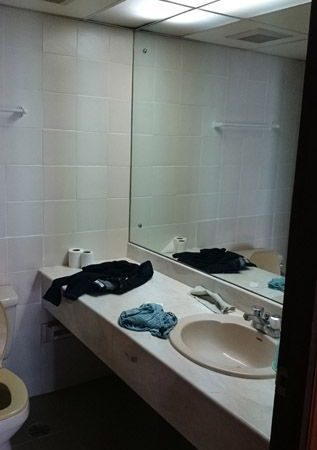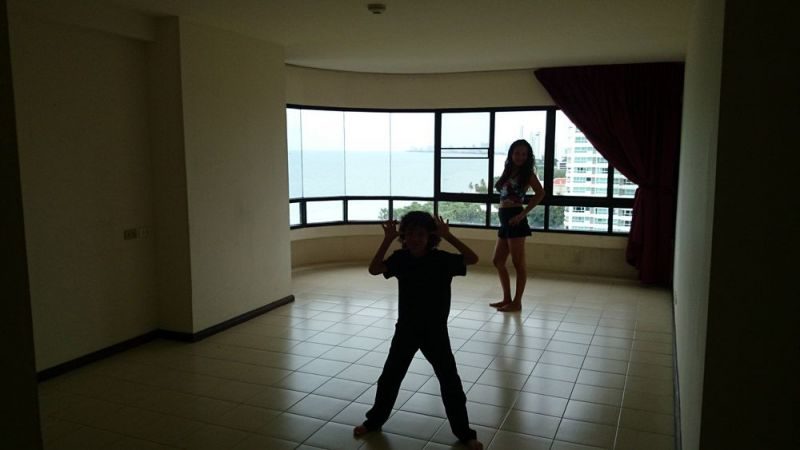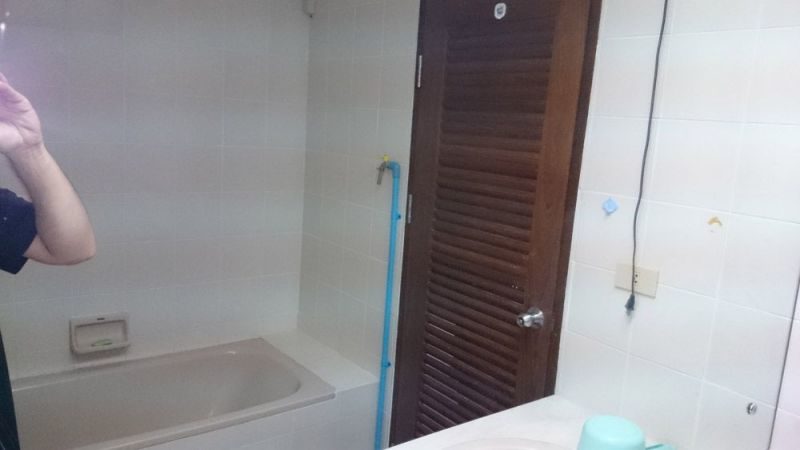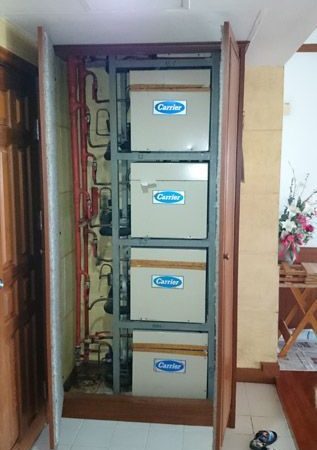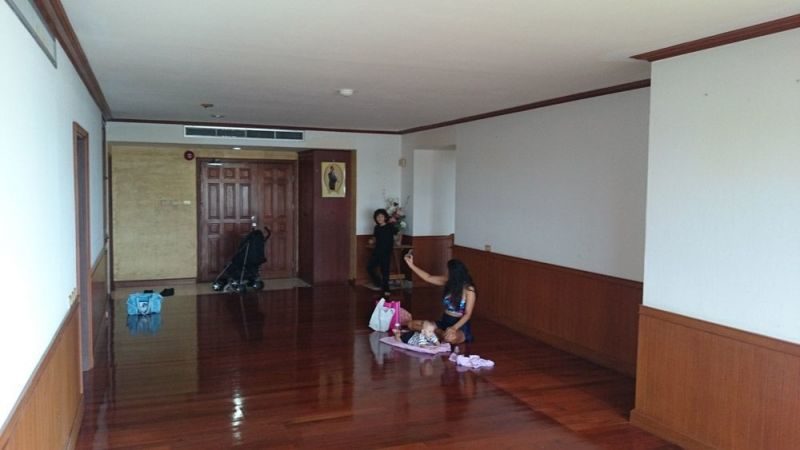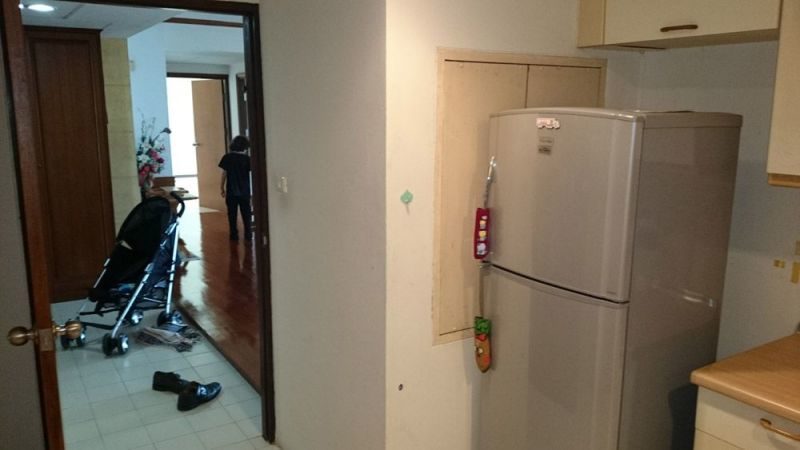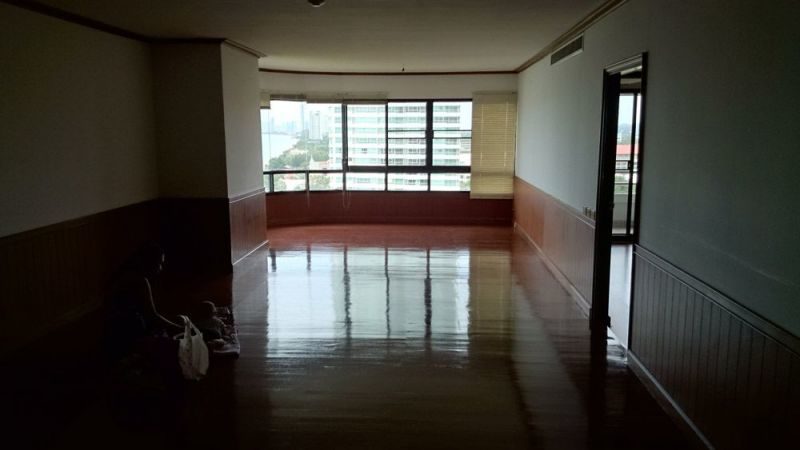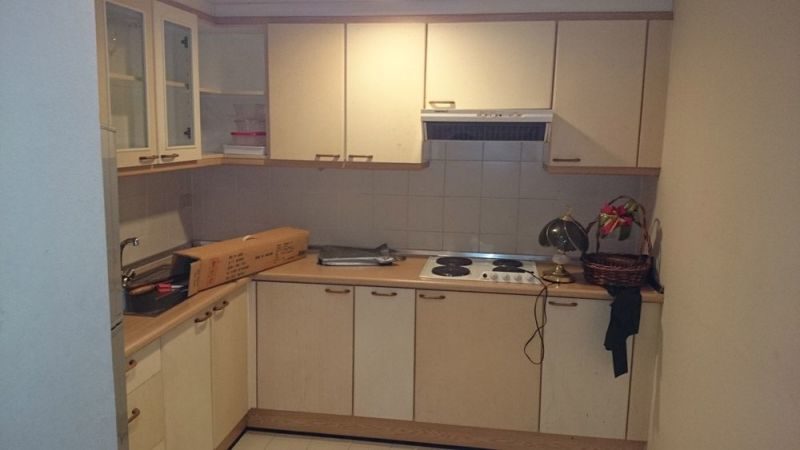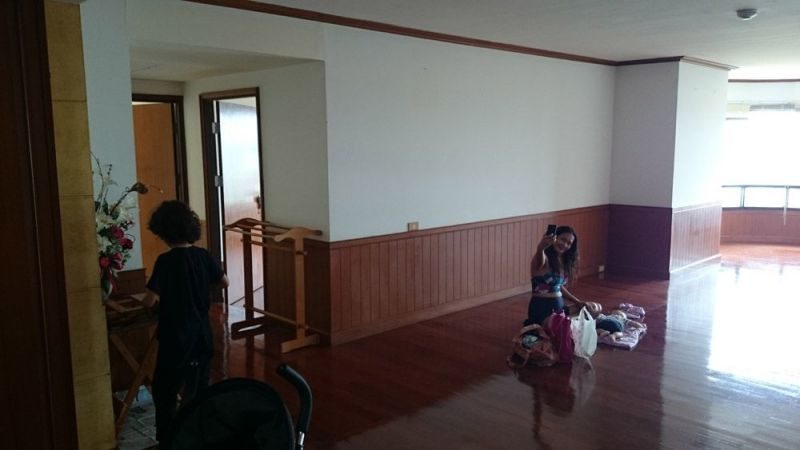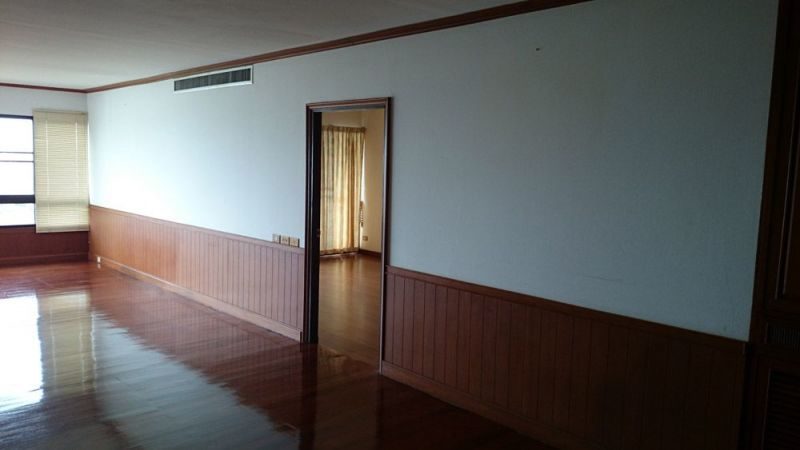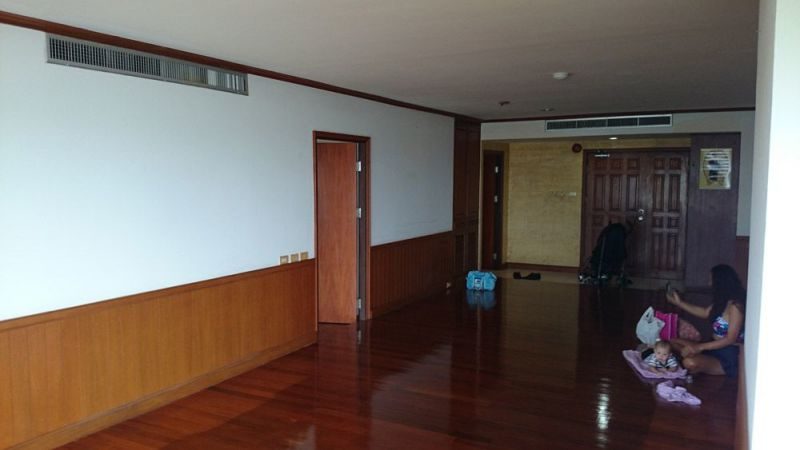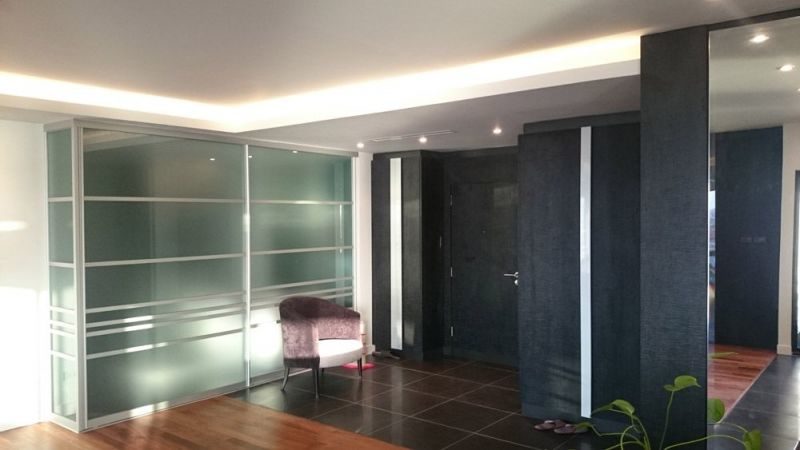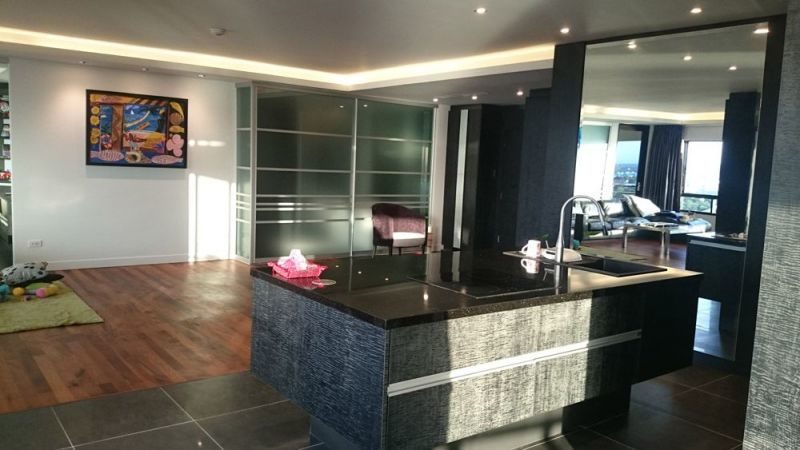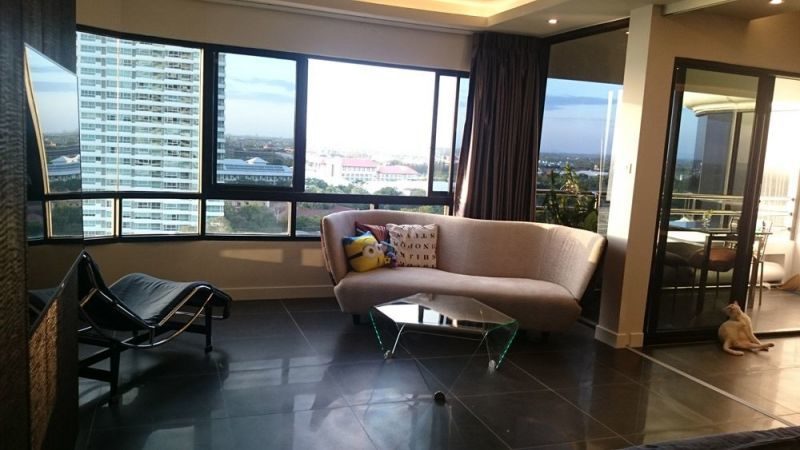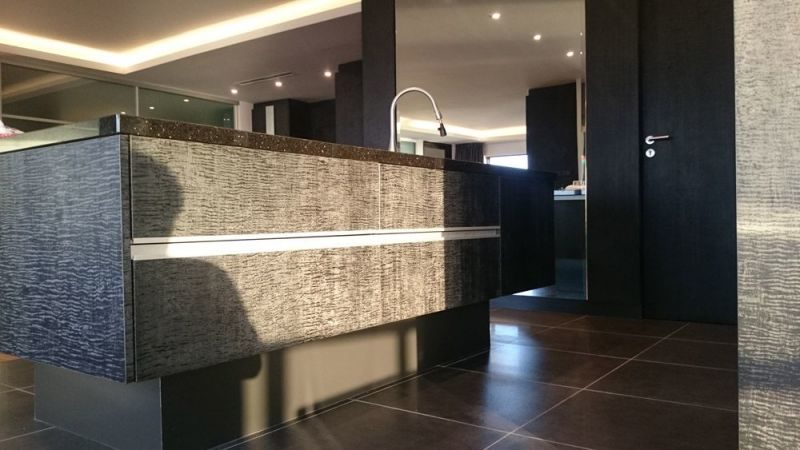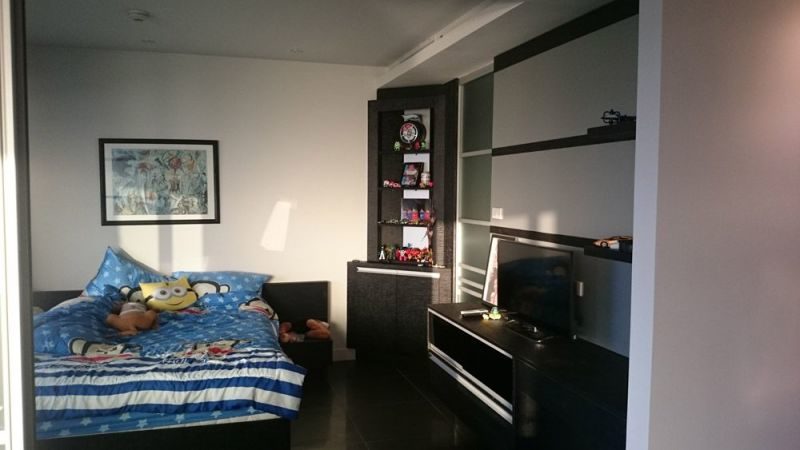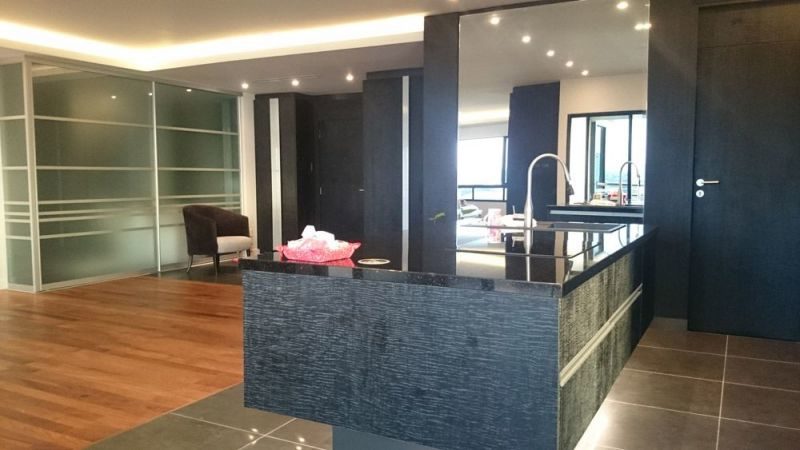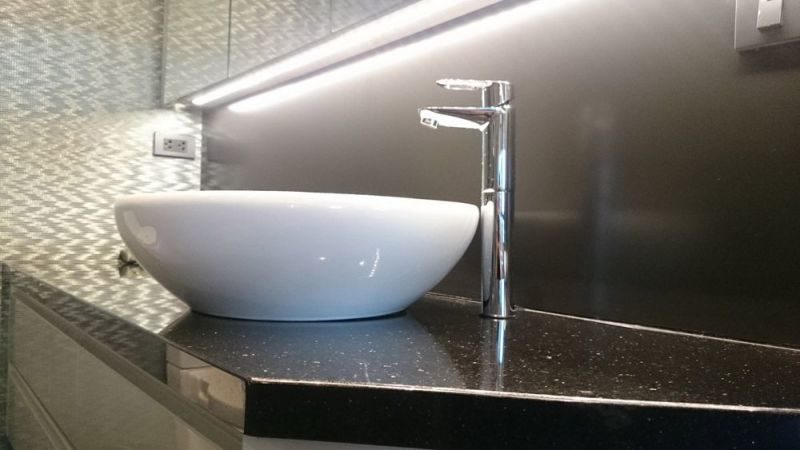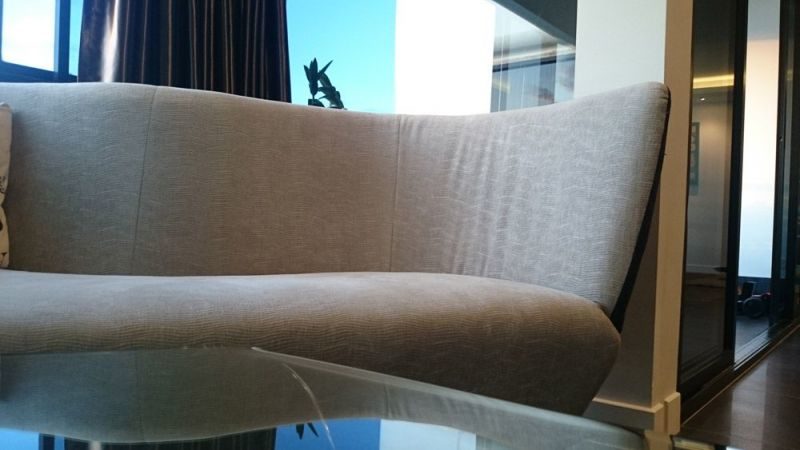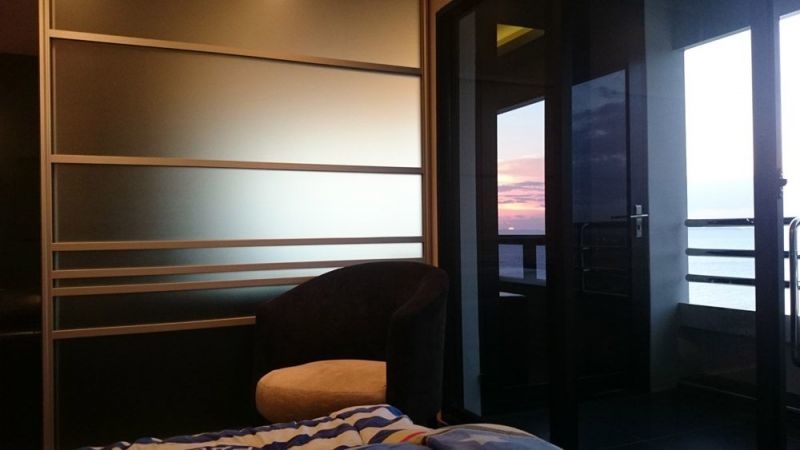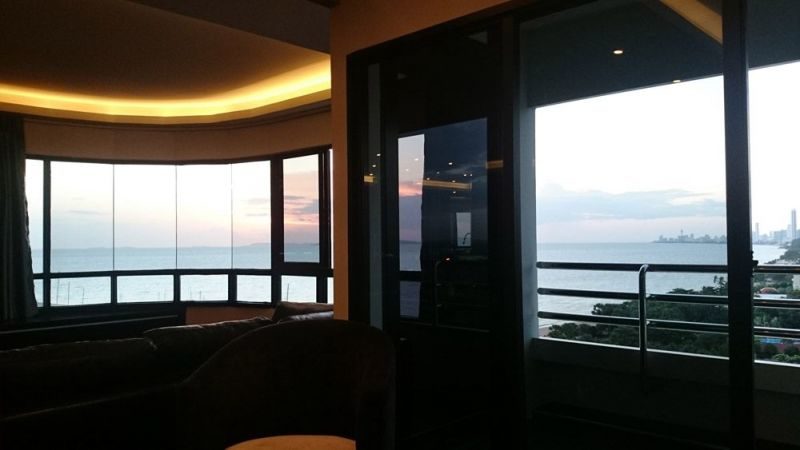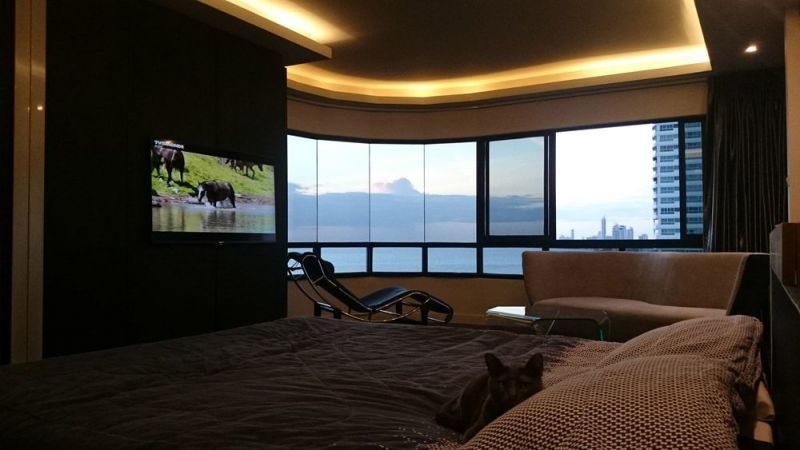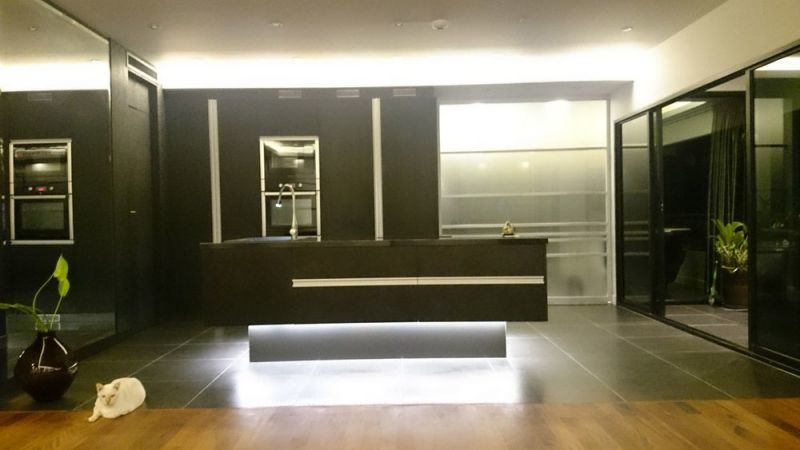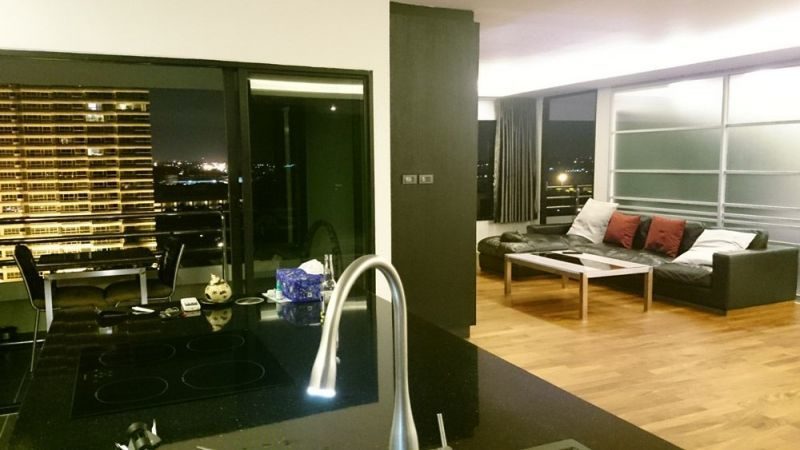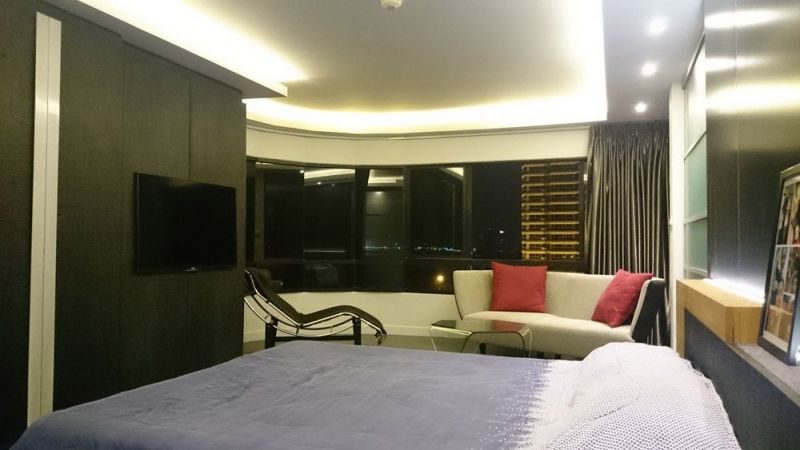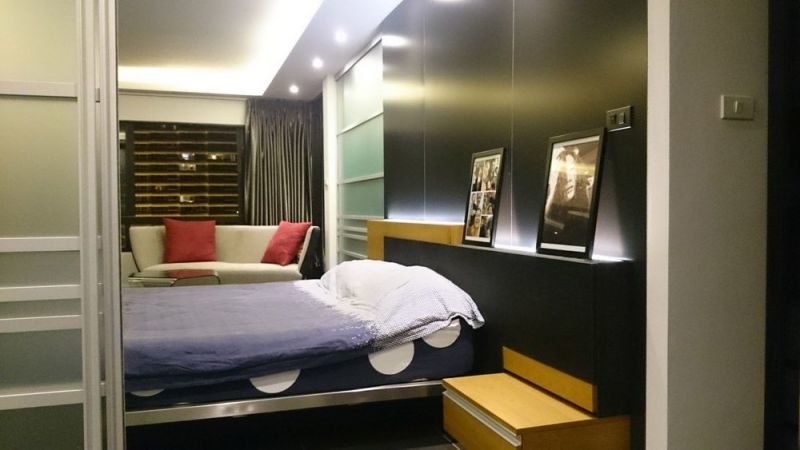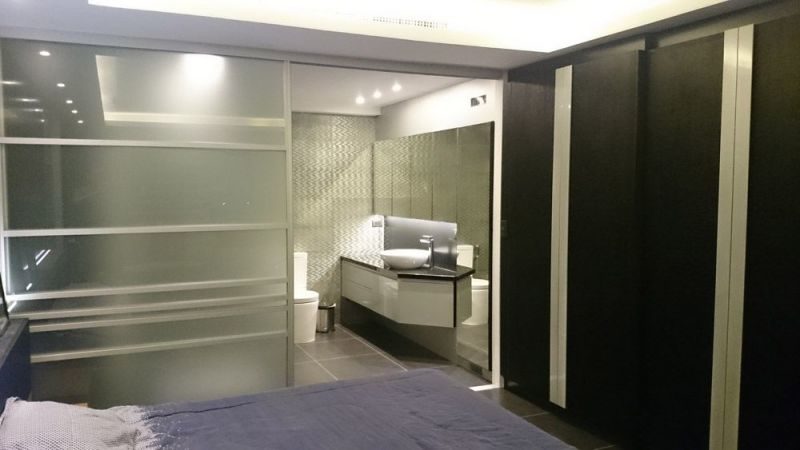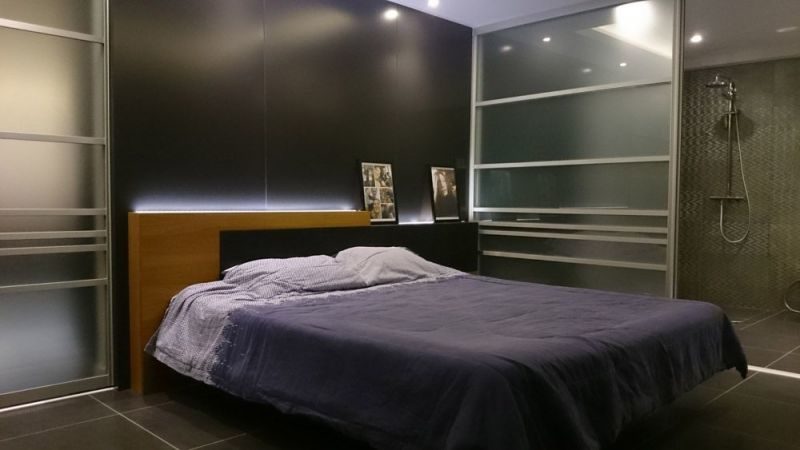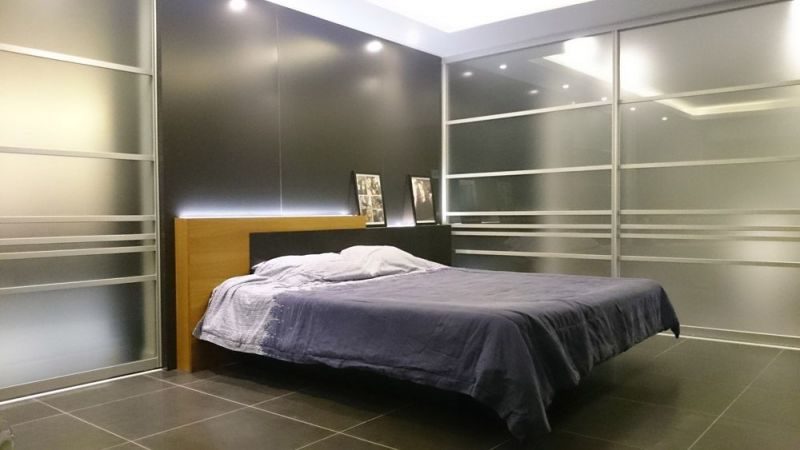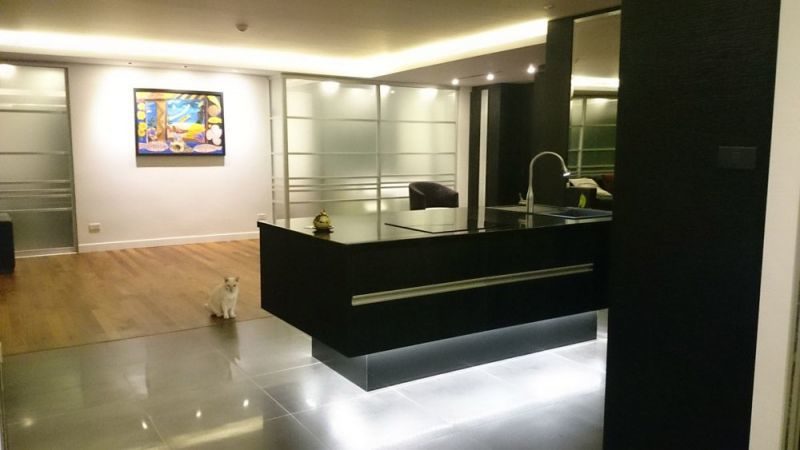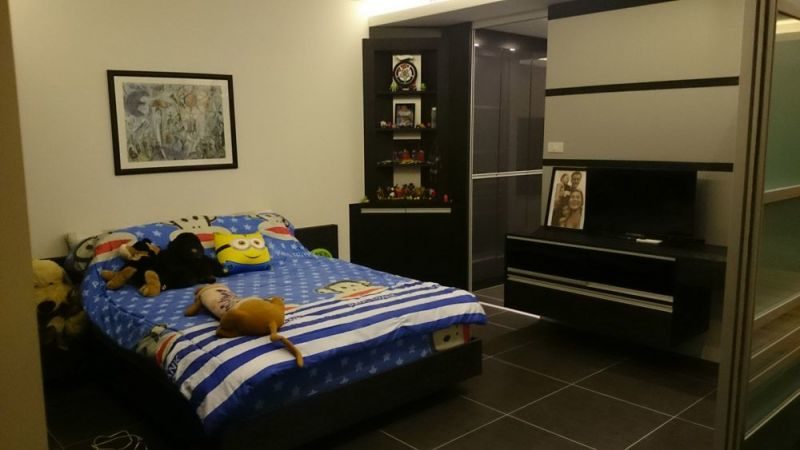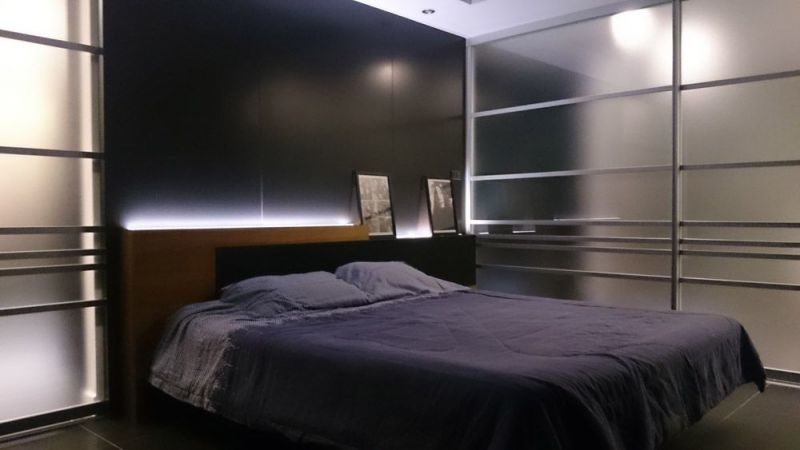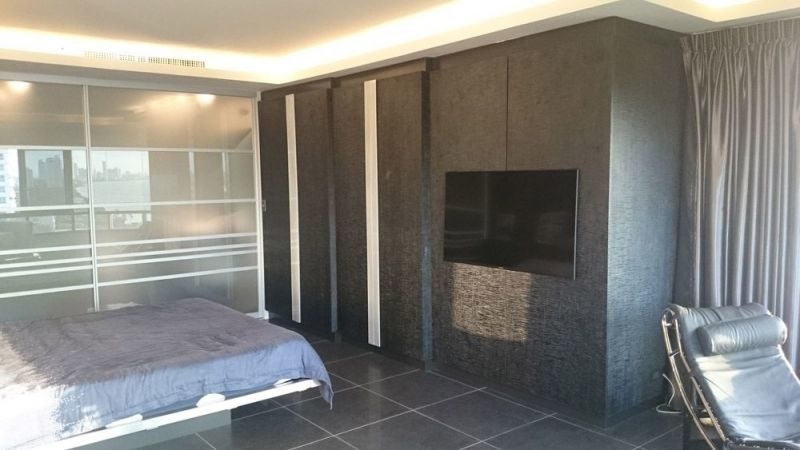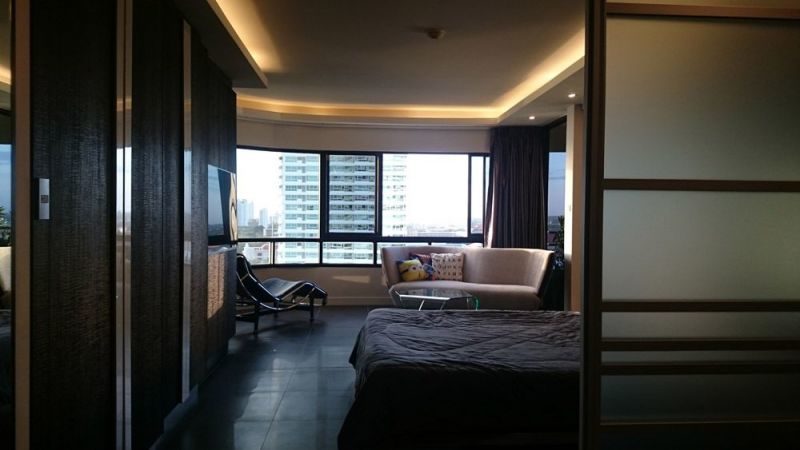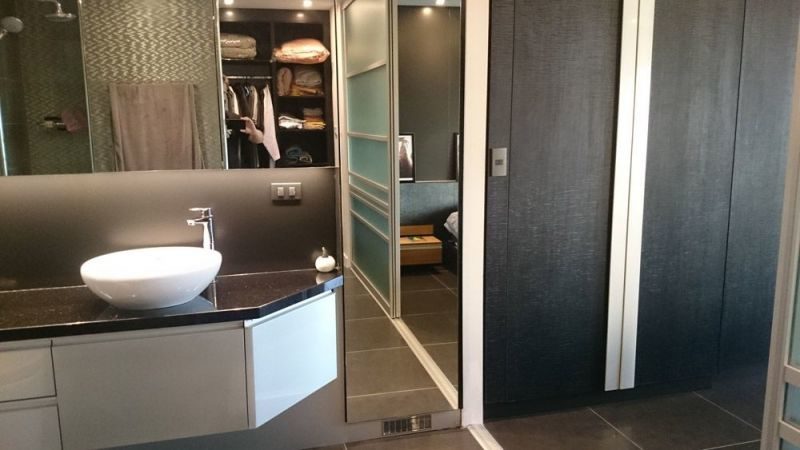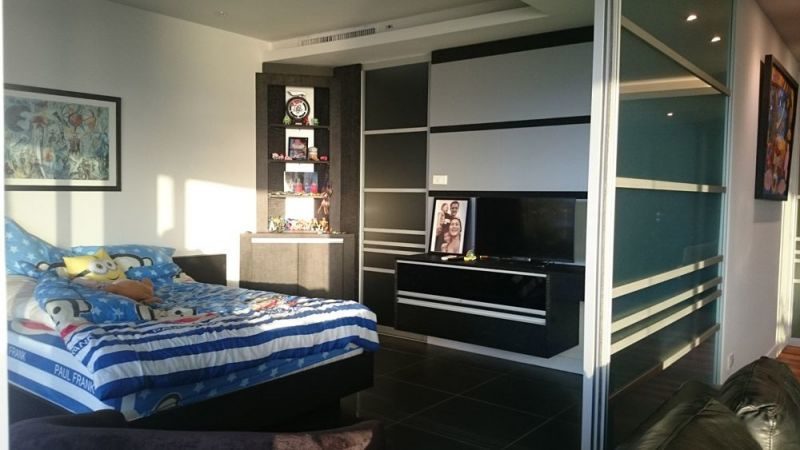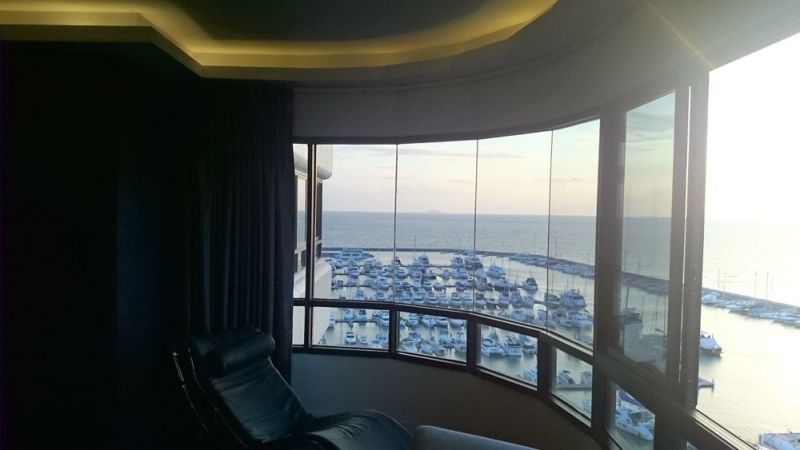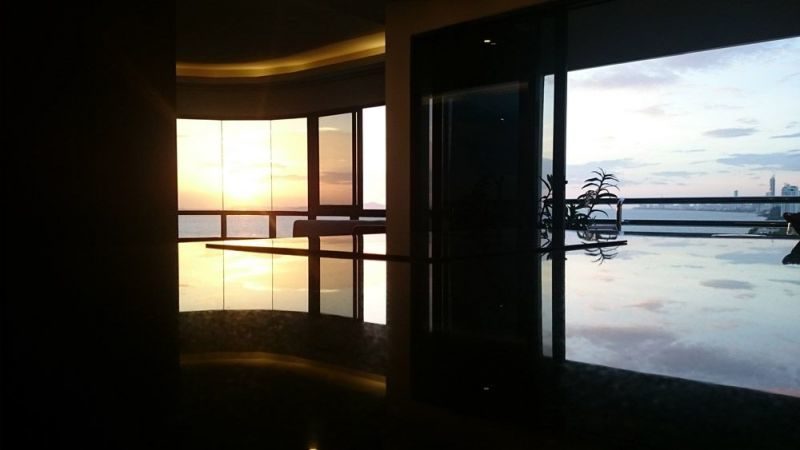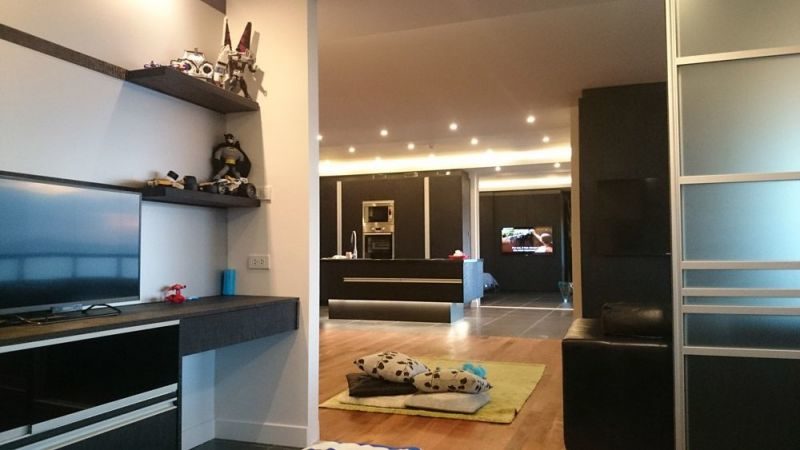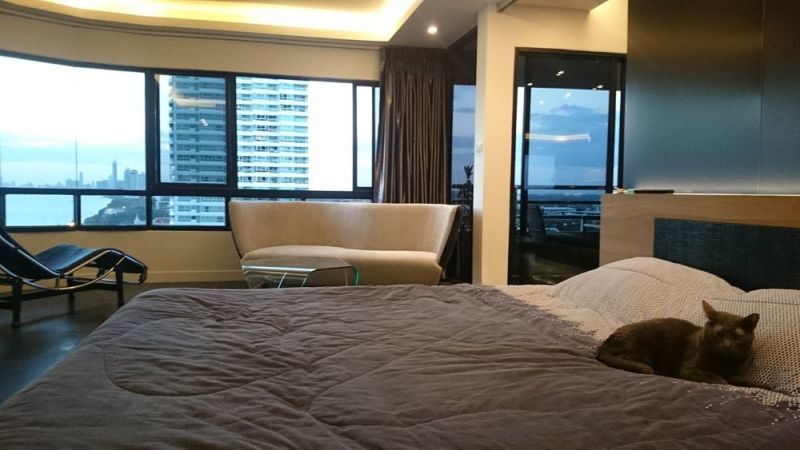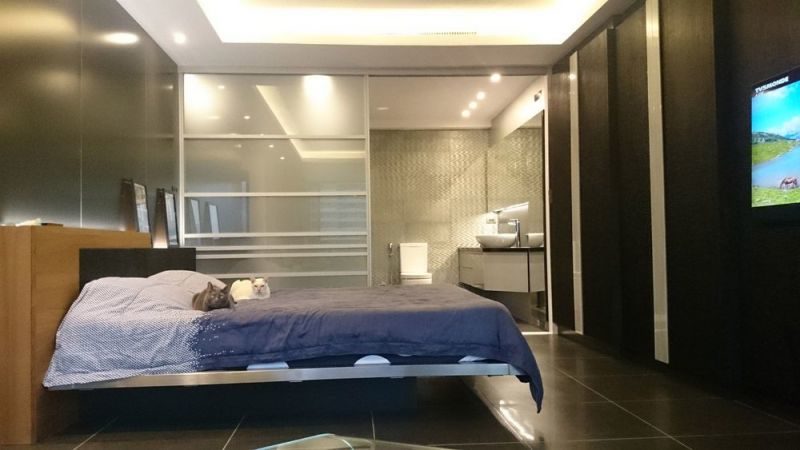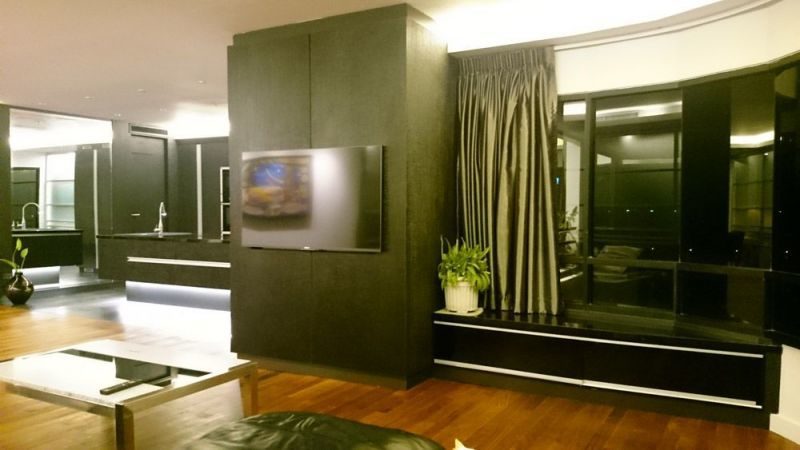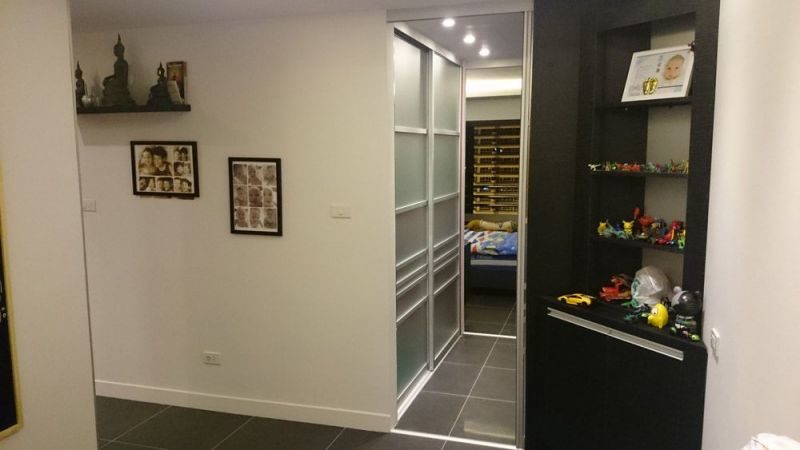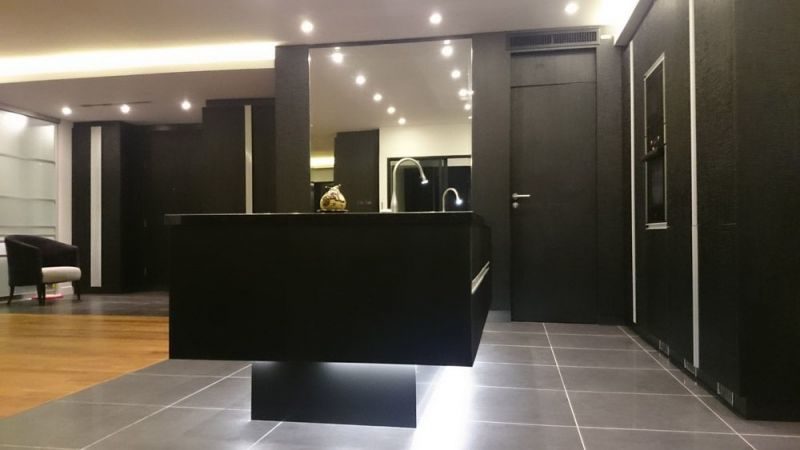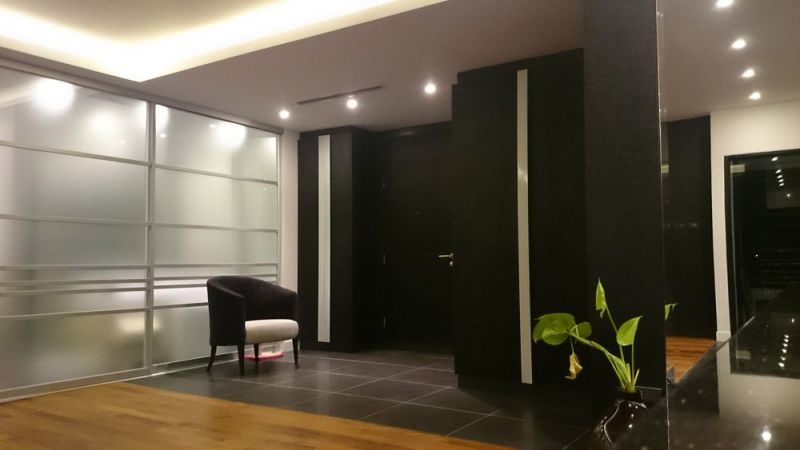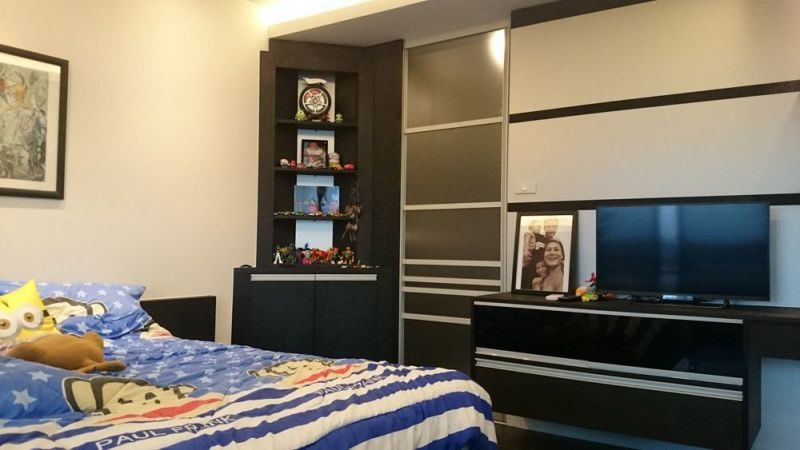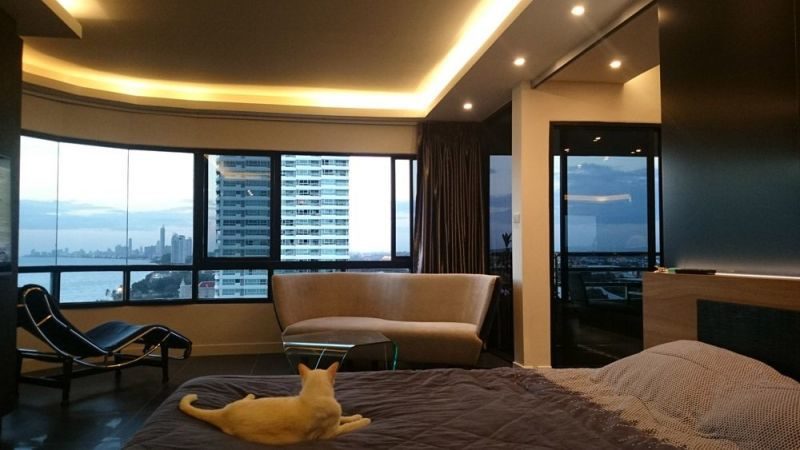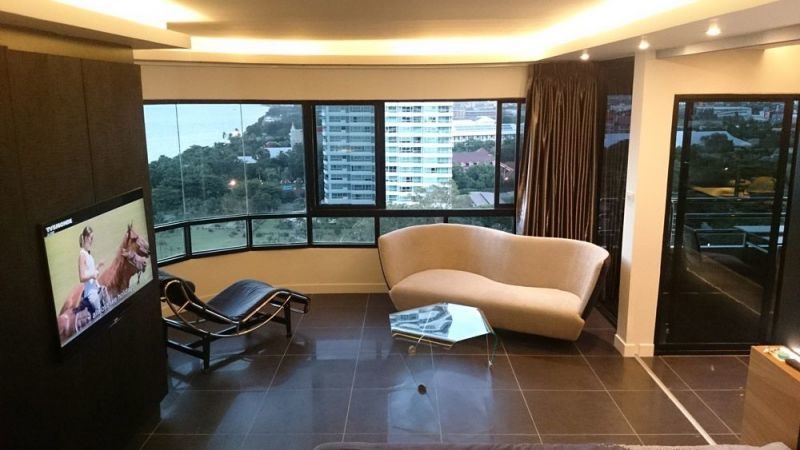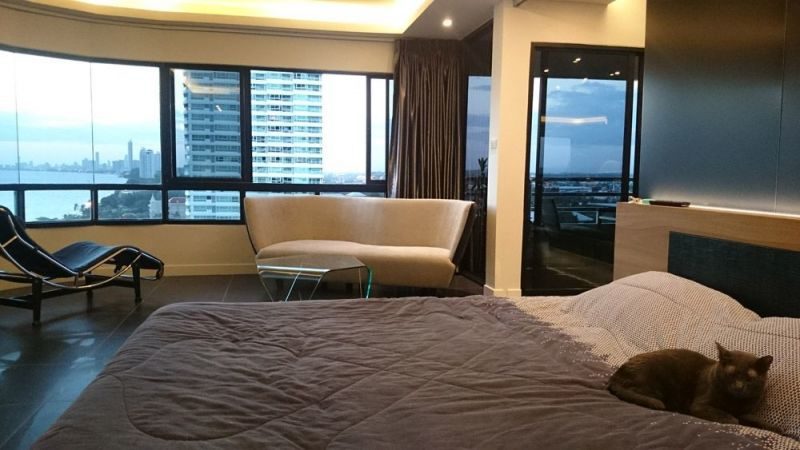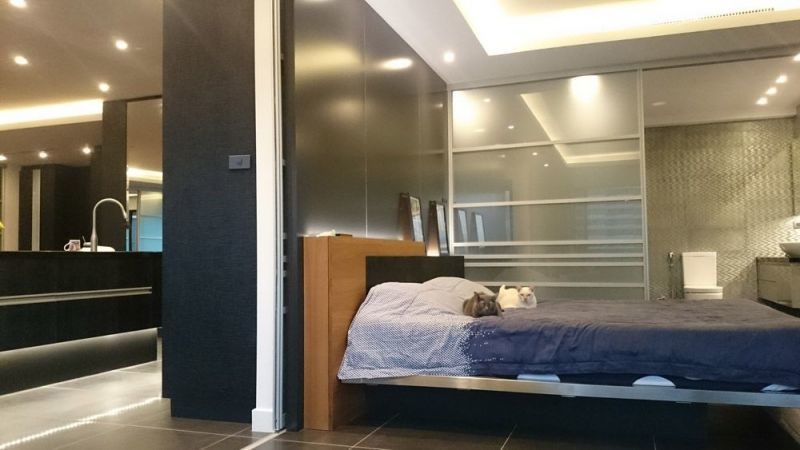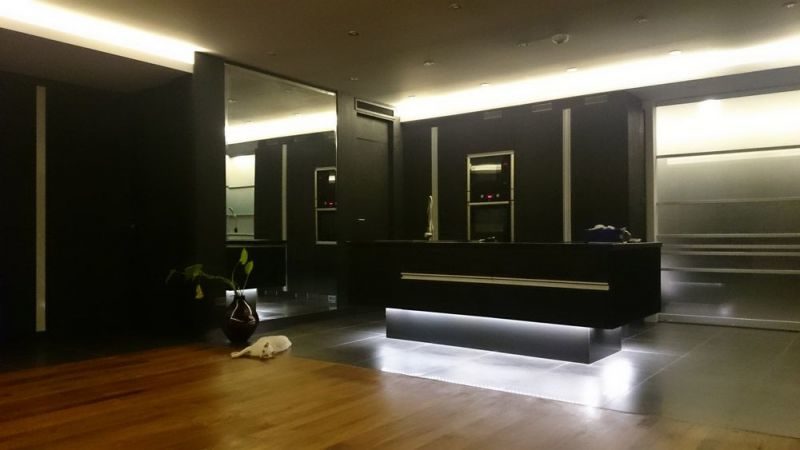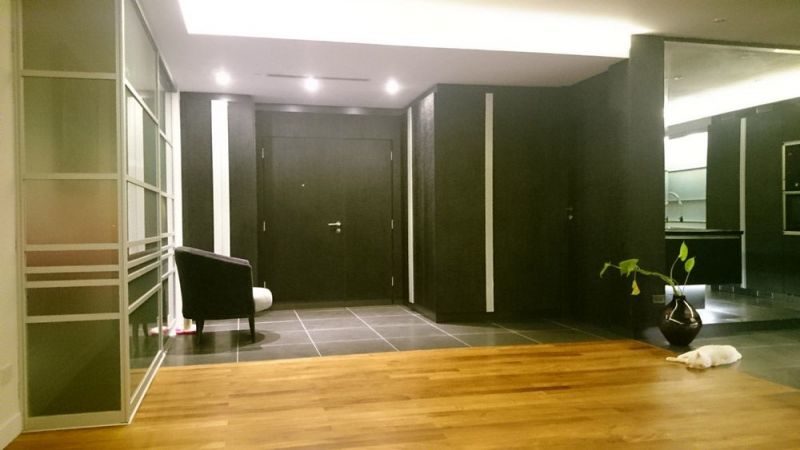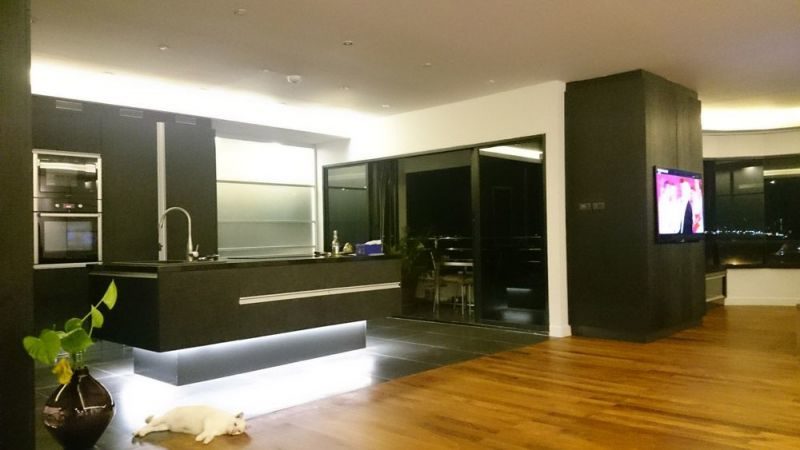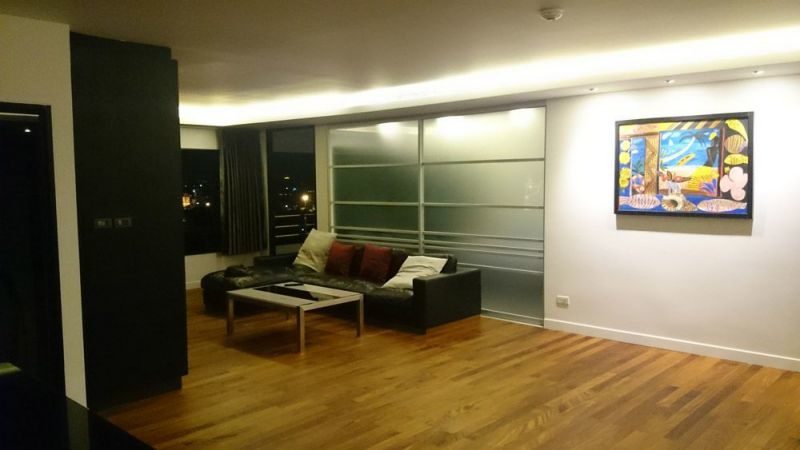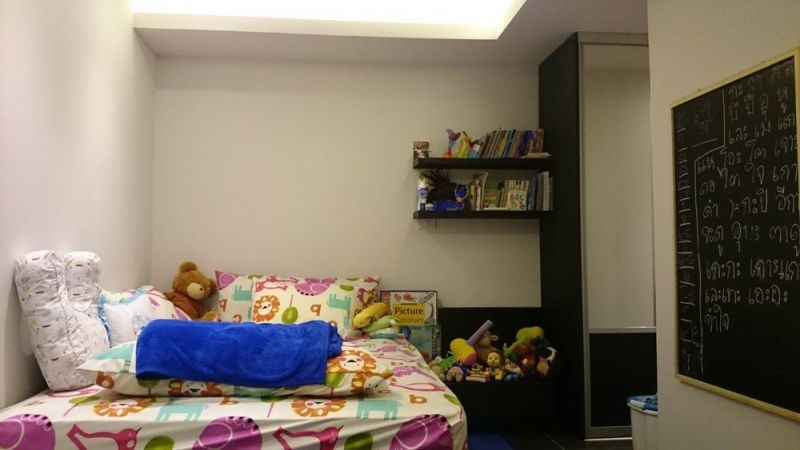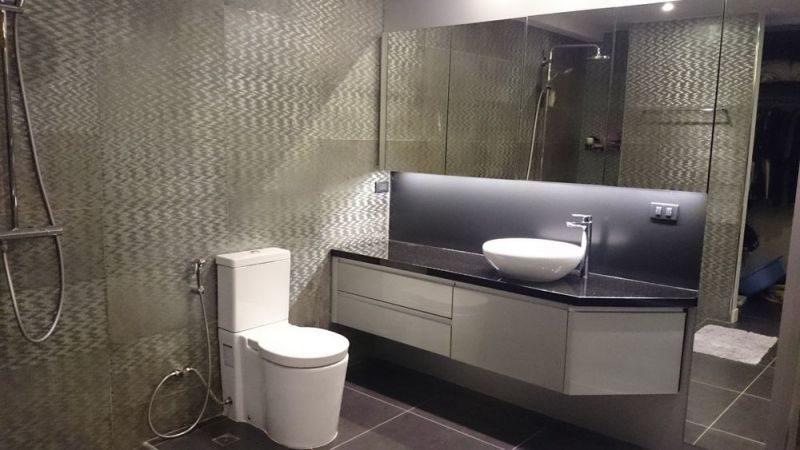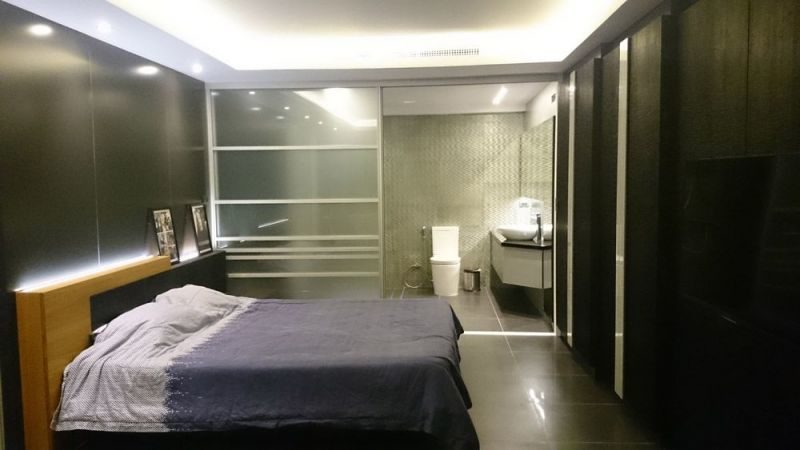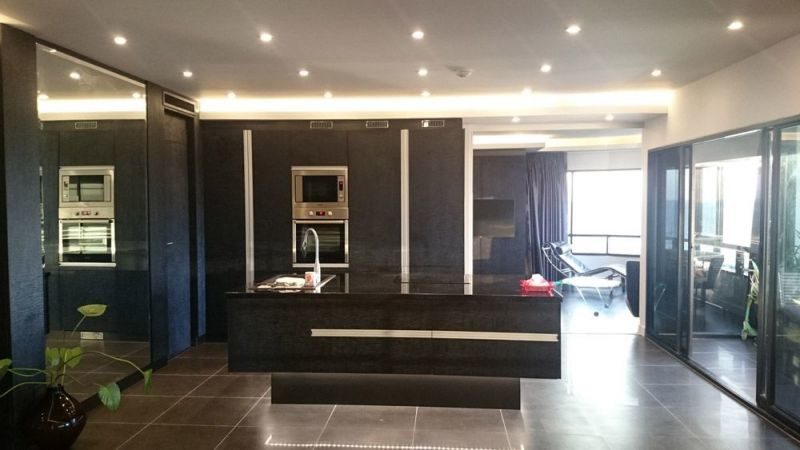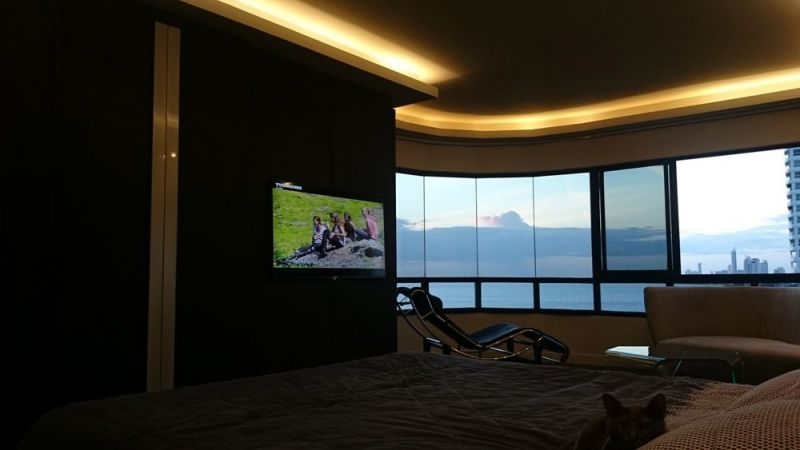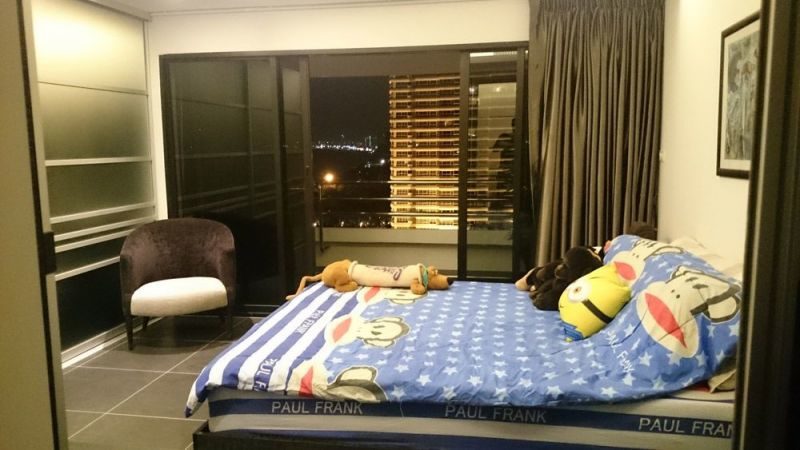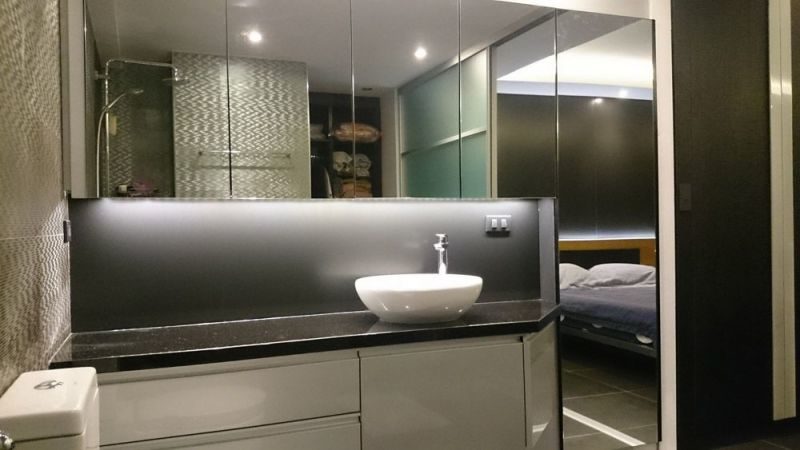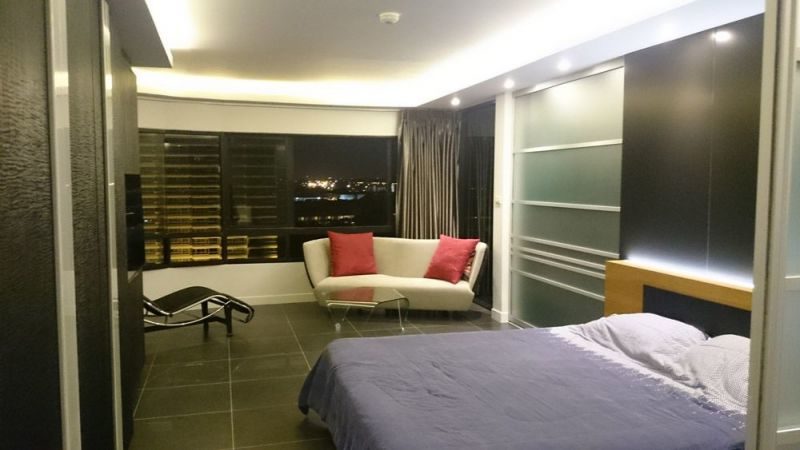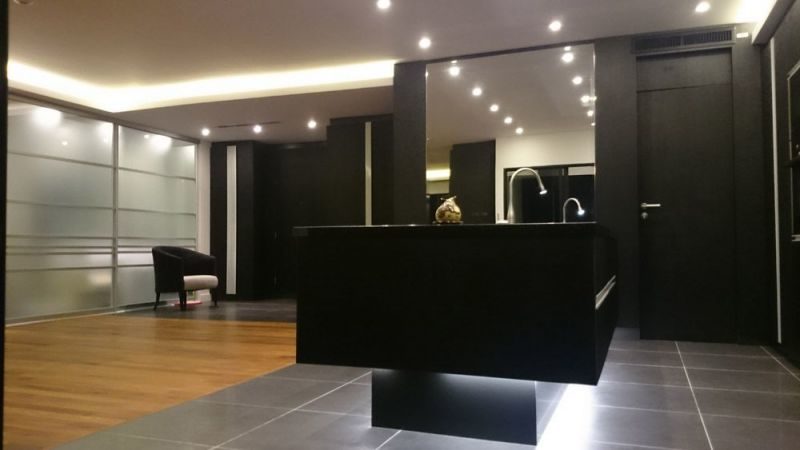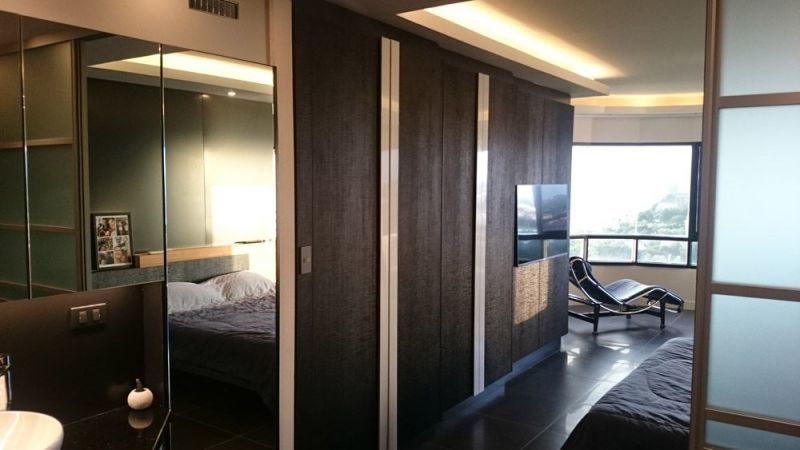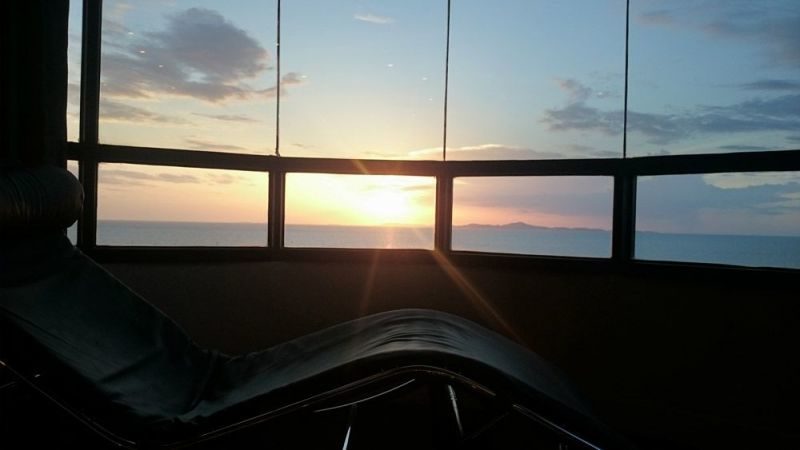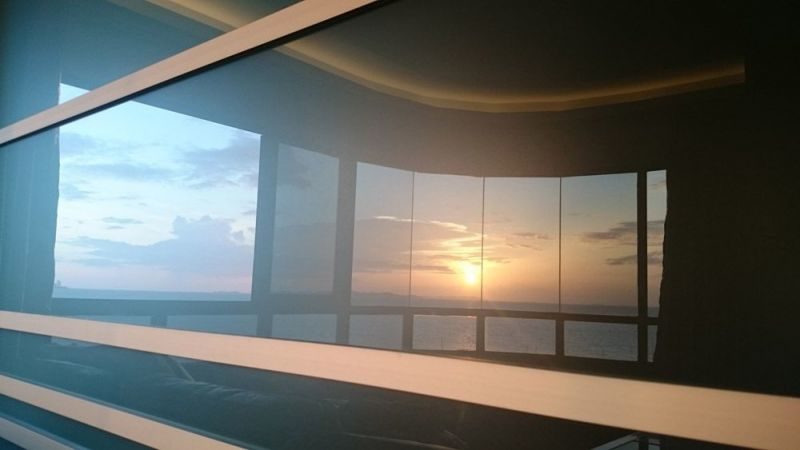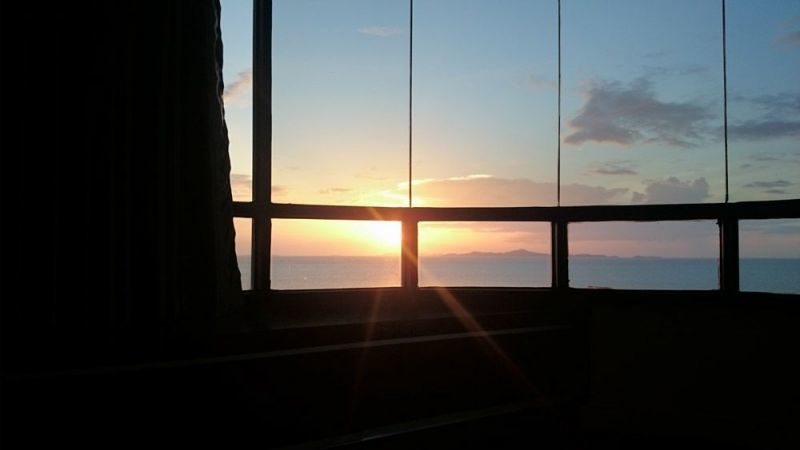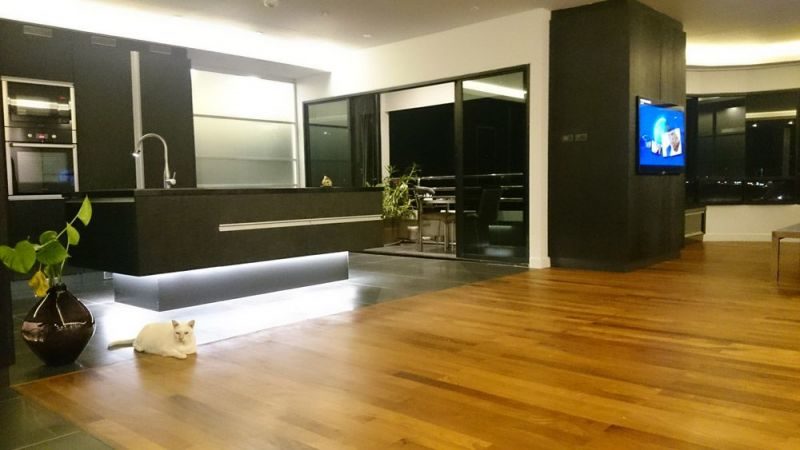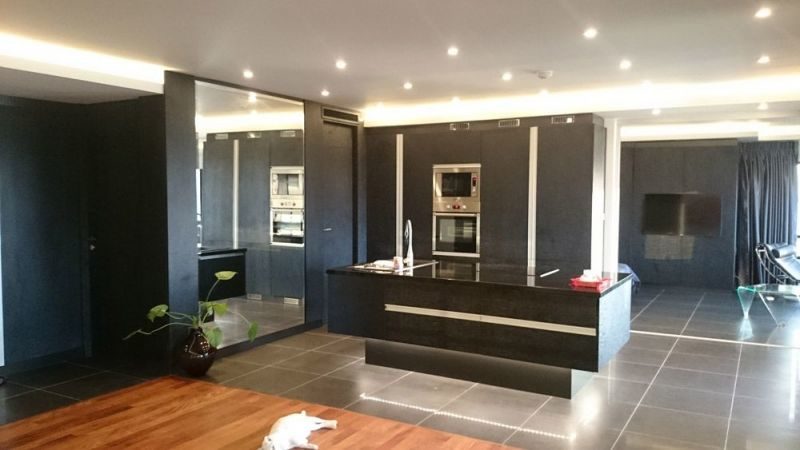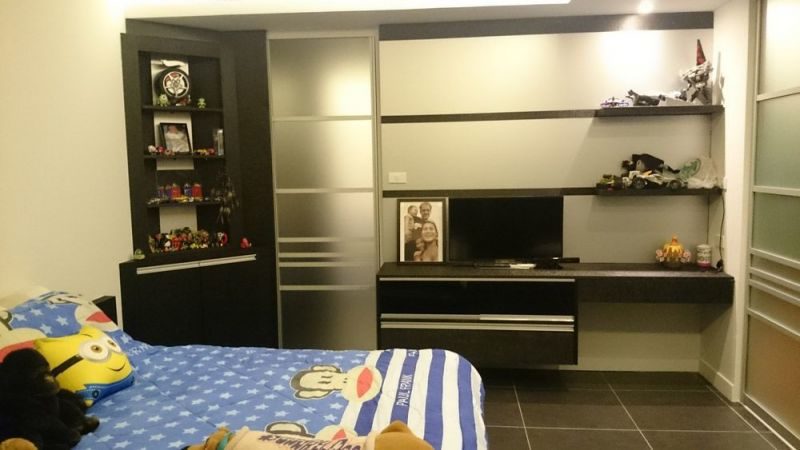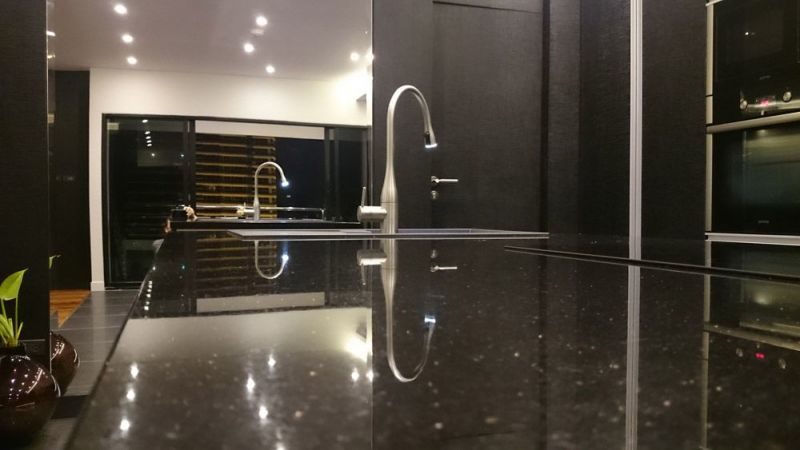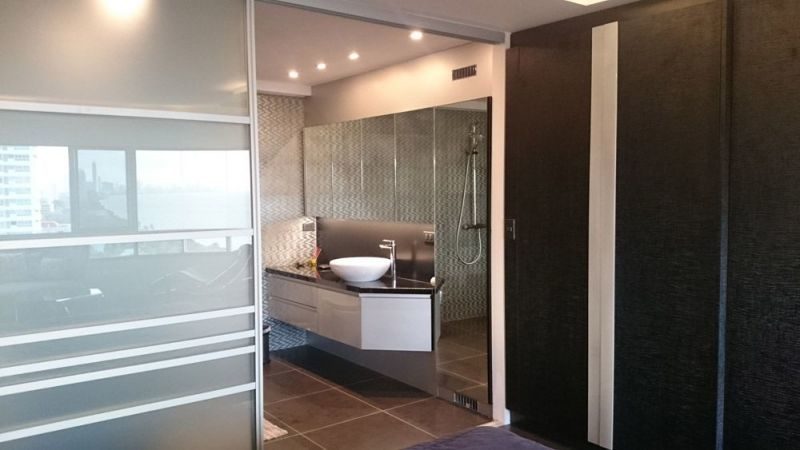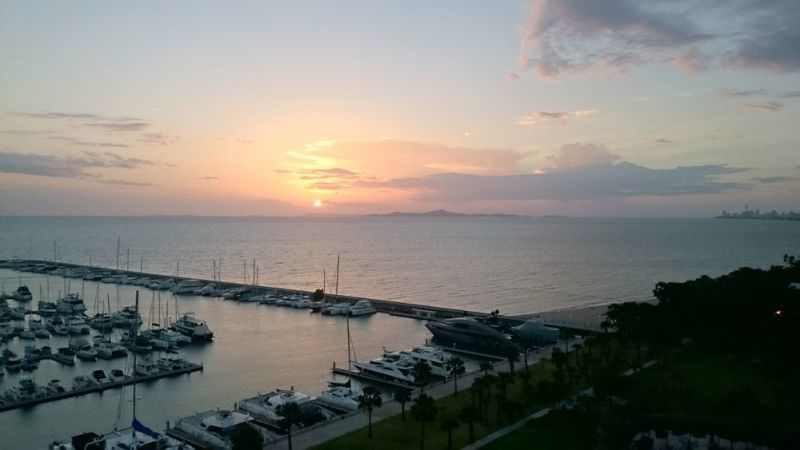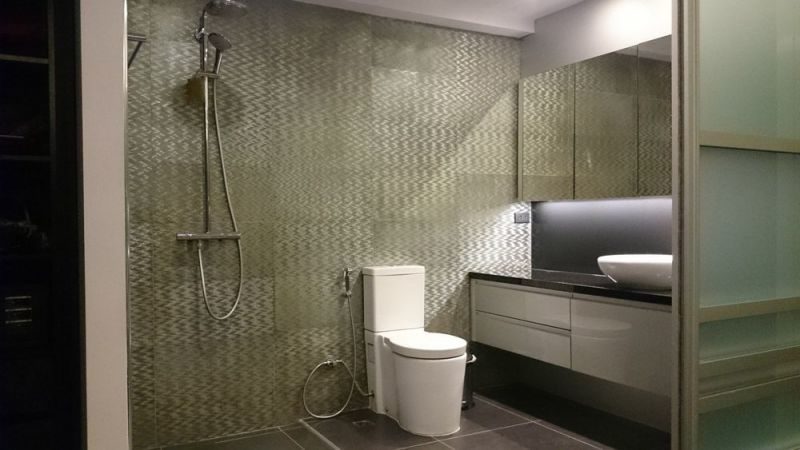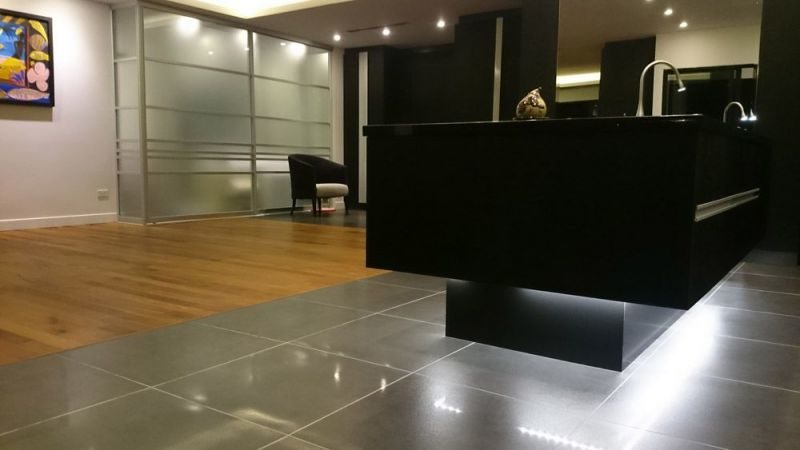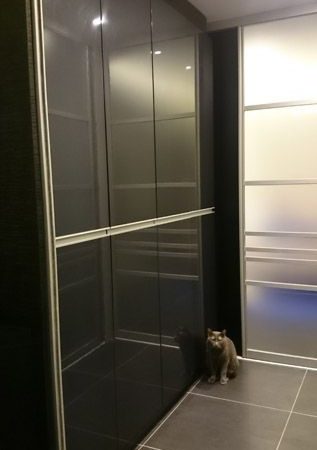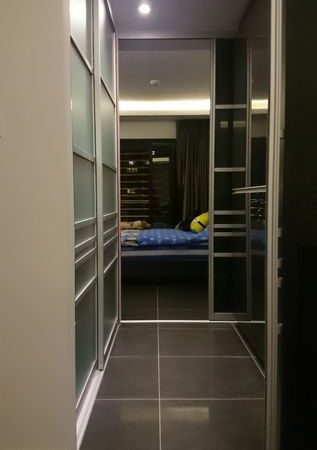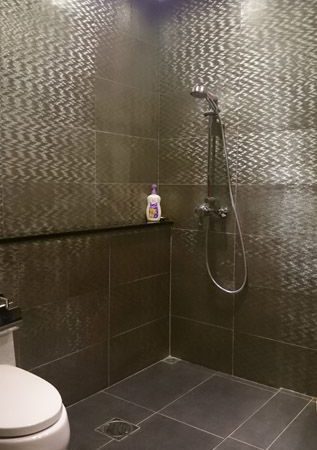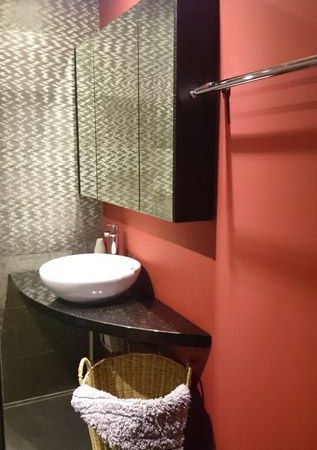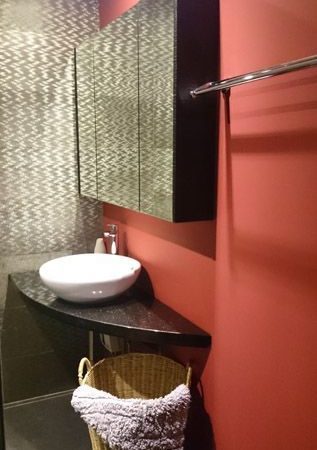The desire to design your own place starts early. Boys have their tree house or secret fort made of pilfered 2×4” somewhere in the woods. Girls have their elaborate doll houses. Nothing is more thrilling than decorating your college dorm room or first apartment. It is a place of your own … a place to call home.
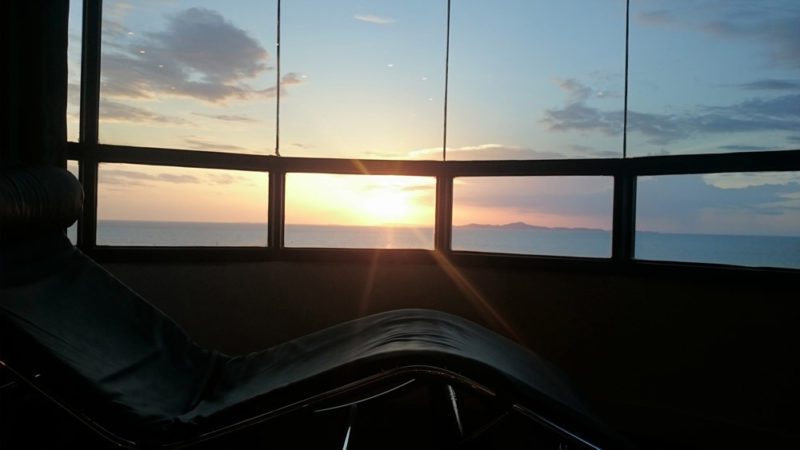
We all want to live somewhere that has our personality stamped on it. As we get older, the desire to create our own living space gets much more difficult to satisfy. Tougher than just nailing some boards together or putting up a feminine poster on the wall (although, some folks still do it that way!).
We want a place with class and style. We want a place that’s functional and livable. We want a space that says a little about who we are and how we choose to live. Sadly, when it comes to interior design, most people truly don’t know what they want. Most folks can tell you what they don’t like. Some can tell you what they like when they see it and quite a few want everything, all at once, in one room.
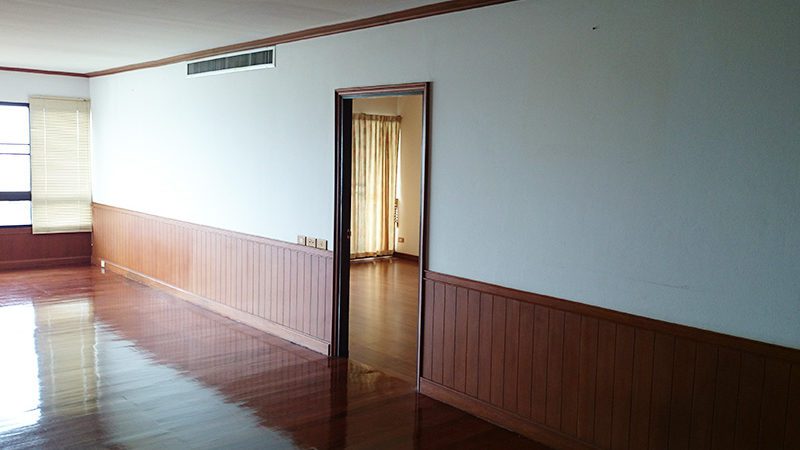
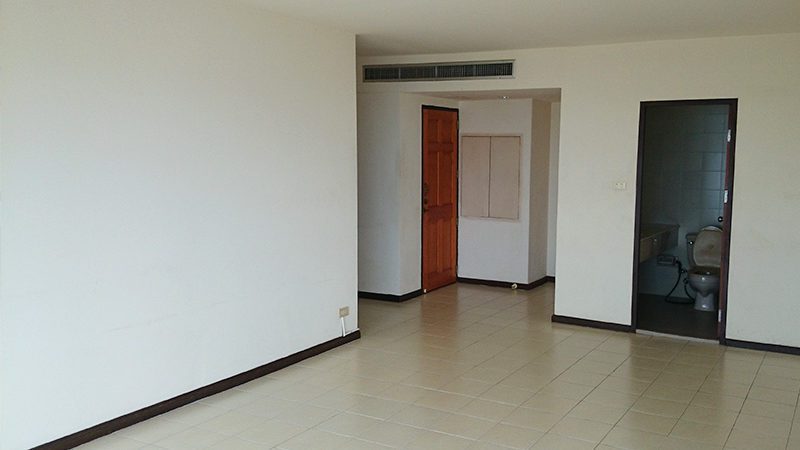
If the space you have chosen is partially finished; meaning it has flooring, ceiling lights, bathroom fixtures etc, at least you will have a starting point. The most daunting task the average homeowner will ever face is the finishing of a bare shell condo or house. The mere two words “bare shell” conjures up images of a Spartan concrete box which is exactly what most bare shells are.
You really don’t realize all that goes into making a place complete until you are standing in the middle of a completely empty room or a formerly finished place that has been gutted. The first question that usually comes to mind is: “Where the hell do I start?” In this four-part series, we will attempt to shed some light on the mystery of interior design and decor as it applies to a bare (or mostly bare) shell. This first installment should help you get started.
System
This is the boring part. Before you start hanging pictures and placing furniture it is most important to take a good hard look at the life and comfort support systems of your new abode.
Electric, water and air conditioning are the main three. Most bare units come with electrical wiring already in and outlet plugs usually placed exactly where you don’t want them. Take your floor plan and figure out where things like outlets, ceiling lamps and cable TV adapters should go.
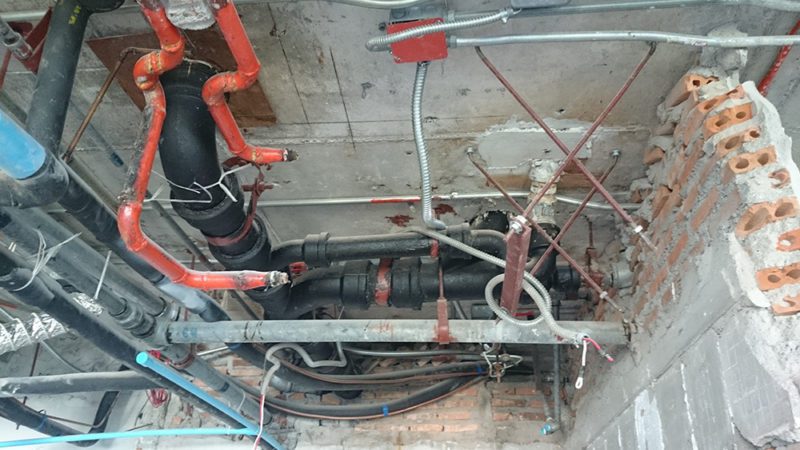
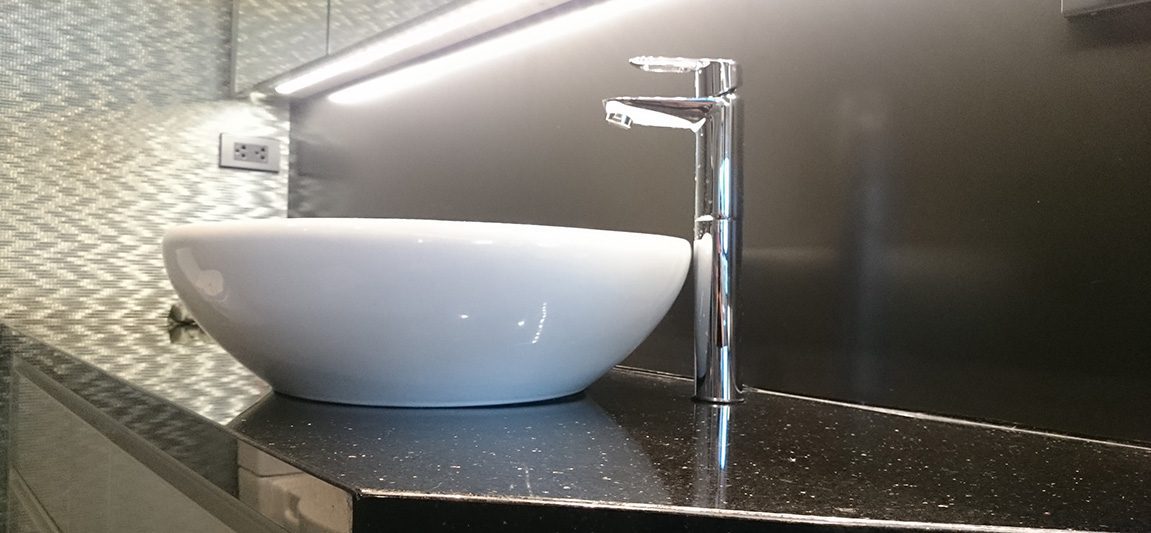
If you need to move existing outlets or create some new ones, now is the time to do it; not after you have painted your walls! The same goes for built-in audio systems or surround sound. If you have to tear holes in the wall or punch holes in the ceiling, do it before you start making the place pretty.
Pay attention to lighting fixtures that come with your bare shell. Many will have those awful fluorescent bulbs everyone thinks save money but light up your house like a grocery store. If you want warm halogen lights, now is the time to put them in. If you want cool energy saving, long lasting LED, this is when you should do it.
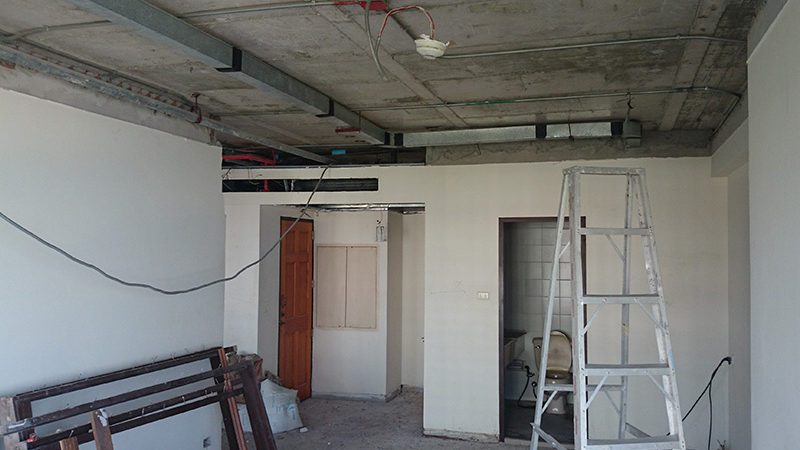
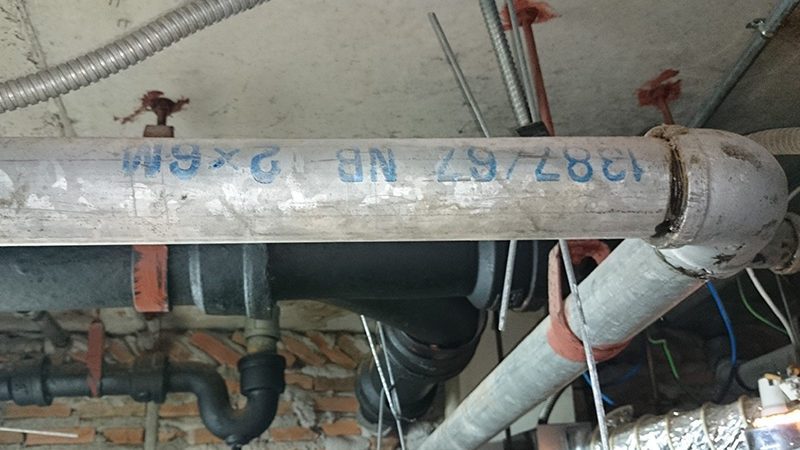
Your water system may seem like a pretty straight forward issue but here in Thailand, adjustments may need to be made. Check your water pressure: is it powerful enough to draw a bath in less than 20 minutes? Is it powerful enough to run through the cycles on an average washing machine? You may need to install an internal booster pump. Check your water quality. If you have existing taps, unscrew the screen filter on the end to look for sediment. You might even want to draw a sample of your water and have it tested. Water fed from tanks on the rooftop can easily be contaminated with all sorts of nasty stuff. City water supplies can be just as dodgy. And well water? … no need to be unduly graphic here.
Fortunately, there are several suppliers of good quality filtration systems in town. Since systems like booster pumps and filtration take up room, make some noise and need to be close to the main water source, the time to place and install them is in the beginning of the process.
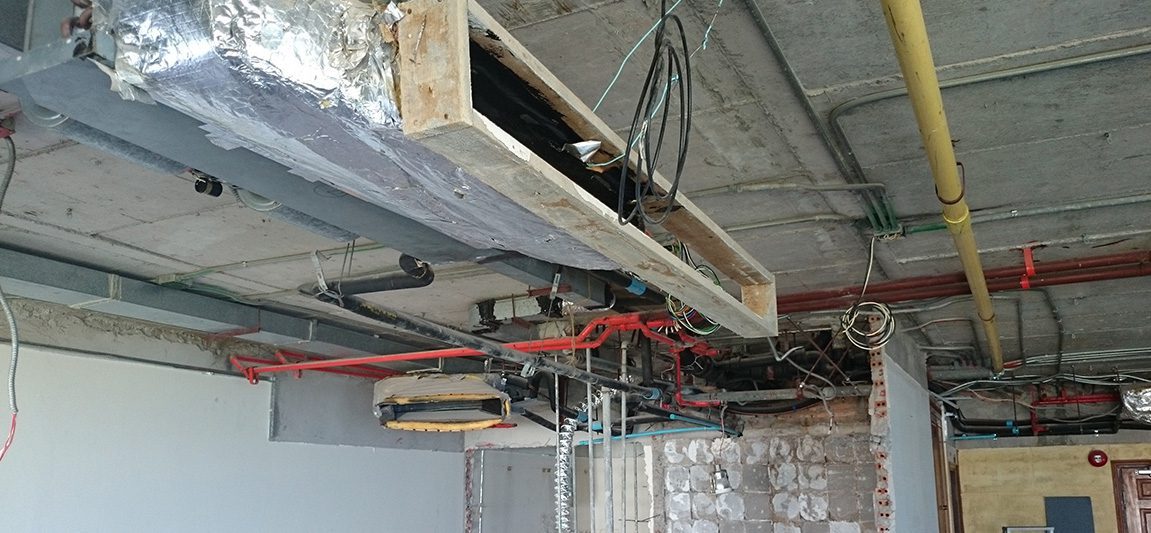
Air conditioning is an essential element of life here in the tropics. The only thing worse than having no air-con is having a crappy air-con. Don’t be cheap! Buy a good product. Make sure the units and vents are placed where it makes sense, not what was easiest for the contractor. Also make sure the condensation evacuation lines are run at a downhill angle and do not drain to an area prone to pooling. Measure your rooms and make sure you buy units that are rated for the relative size or larger. Moving or installing new air-con units can involve all kinds of cutting and drilling, so make sure you get it done first.
Controlling Light
Once all your life support and comfort systems are in place, you can begin to think about how you want your place to look and breathe. Think of your new home as a theatrical stage that has to be properly set before the big-name actors appear. The most expensive leather sofa in the world will look like a cheap vinyl one if it’s sitting under an awful fluorescent light or in an unlit dark corner.
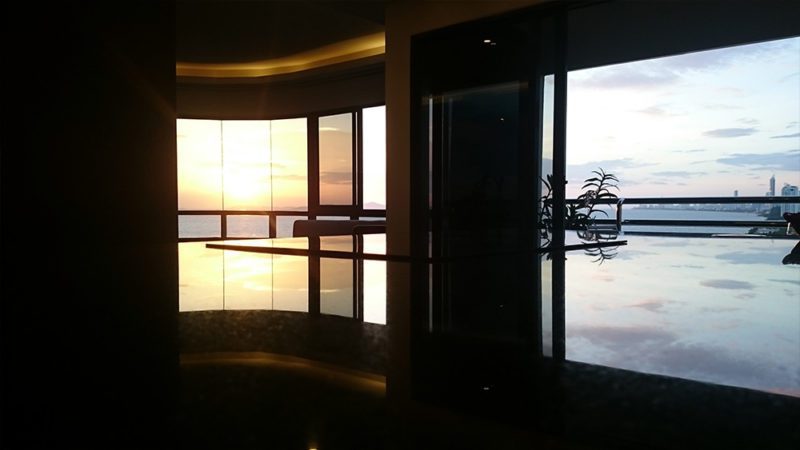
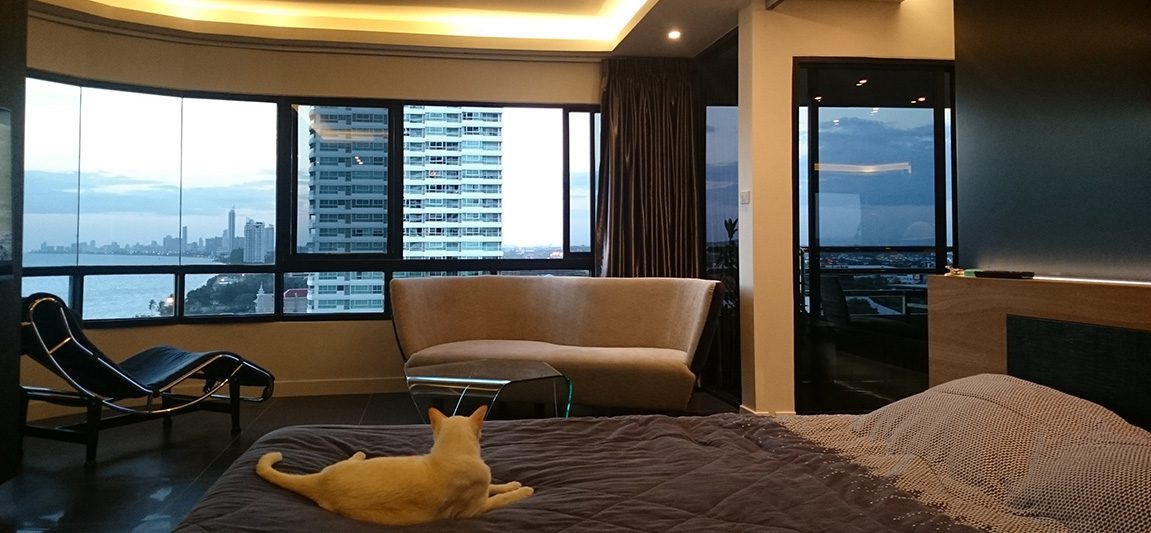
Pay attention to where the sun comes in and at what time of day.
If your bedroom is facing directly east, you will obviously need to have the ability to completely block out the early morning sun with blackout curtains or quality blinds. If your living room has a direct western exposure on the beach side, you will need to figure out how to keep it from turning into a microwave every afternoon.
Understanding and controlling natural light is essential to creating the right atmosphere. We have already talked about lighting a little bit from a technical angle. Make sure you can clearly light every inch of your home. Installing dimmers and lower wattage bulbs can help create whatever mood you desire but dark spaces where you can’t control the light at all makes a place seem unfinished. Incorporate wall lamps, floor lamps and even indirect lighting behind mirrors and in recessed ceilings. With all lighting, the key is control.
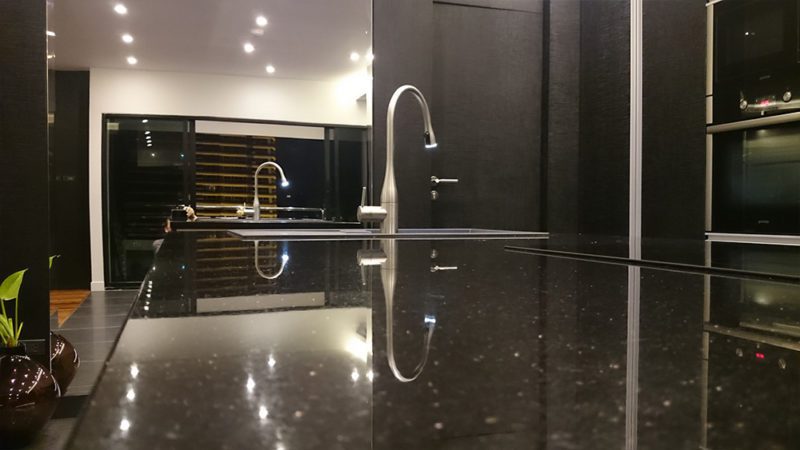
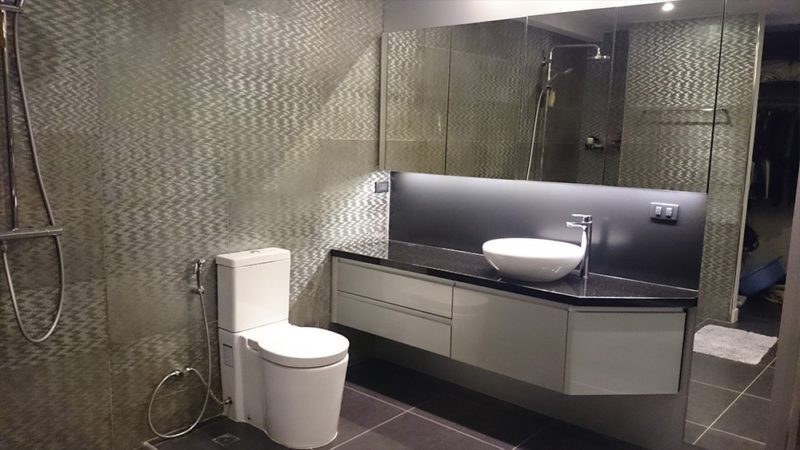
Along with lighting decisions may come ceiling alterations. If your ceiling is not installed yet, make sure your desired lighting plan is considered before you start putting up gypsum. If you decide on a recessed, traded or “drop” ceiling, indirect lighting cleverly hidden can have a spectacular and warm effect. If you’re unsure, start paying attention to ceiling configurations everywhere you go and look at some home design magazines. The possibilities are endless.
Putting Down a Good Base
Probably about the same time your lighting questions are getting answered, it’s time to decide on flooring. Everybody has a favorite type of floor but not all materials are appropriate for Thailand and not all floors are created equal. Hardwood floors always look good in the showroom and usually after they first get installed. But be careful; radical changes in humidity and temperature can cause even the finest wood to buckle and creak.
Not to mention the fact that Thailand is home to several species of airborne and subterranean termites.
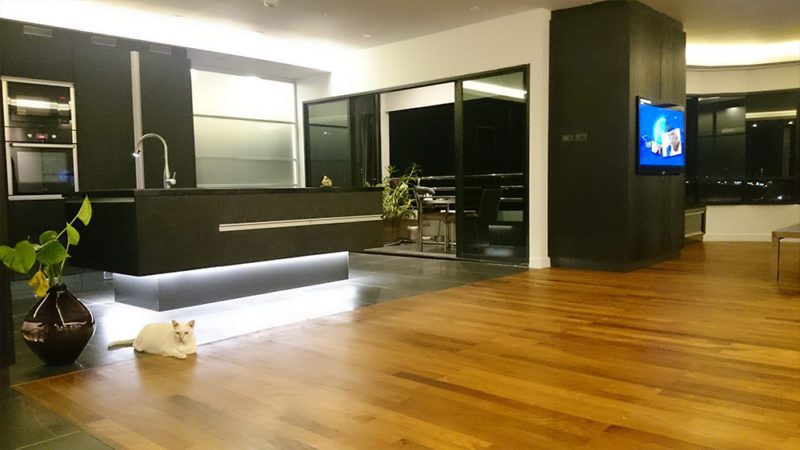
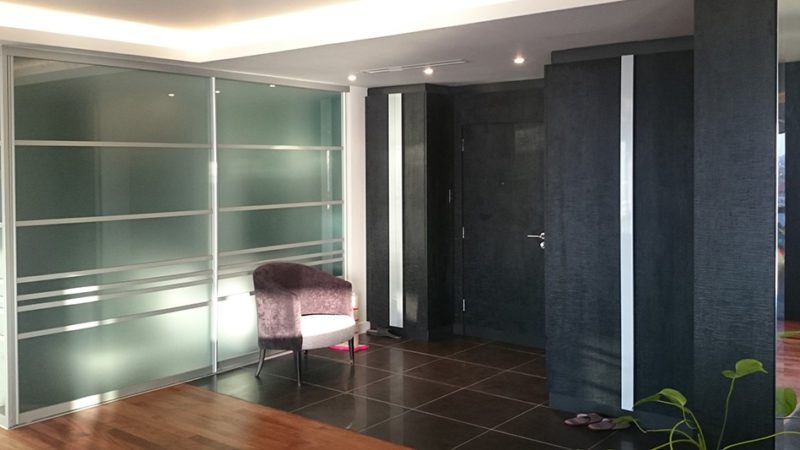
A nice economical compromise is wood veneer parquet. Some type of polymer barrier is used to separate the actual parquet from the floor to help prevent termites, warping and creates a “floating floor” effect. The product is installed in a few hours, not days and some brands are even waterproof. The most popular choice of flooring here in Thailand is ceramic tile or natural stone of some description. Marble and travertine (a type of stone somewhere between limestone and marble) can be beautiful but hard to maintain. If it’s just you and your spouse walking barefoot around your home, go for it. If you have a big active family with pets, it’s probably a good idea to go with a hearty ceramic tile.
Again, it is important to be cost conscious but not cheap. Do not put wall tiles on the floor just because they are cheaper. They are also thinner, more brittle and since they are not designed to be walked on, possibly a safety hazard. A decent ceramic tile here in Thailand should cost between 350 to 600 Baht per square meter. Imported tiles will naturally be quite a bit more. The two main considerations when choosing ceramic floor tiles are size and color. Large tiles (60cm x 60cm or larger) can make a small room look big as well as adding scale to a really large room.
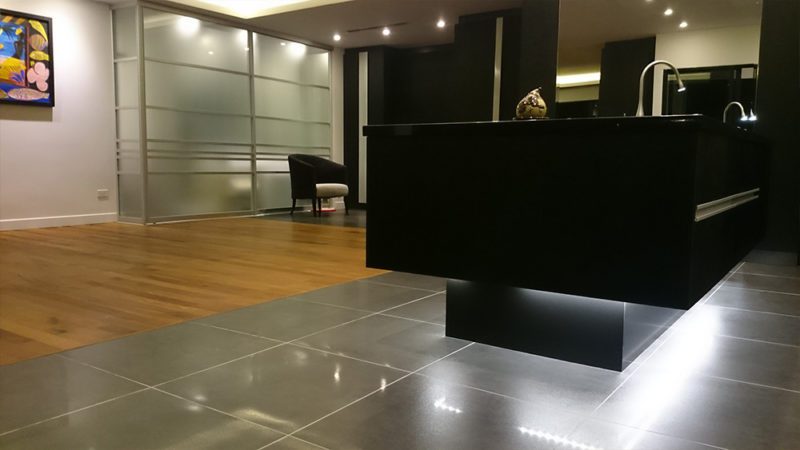
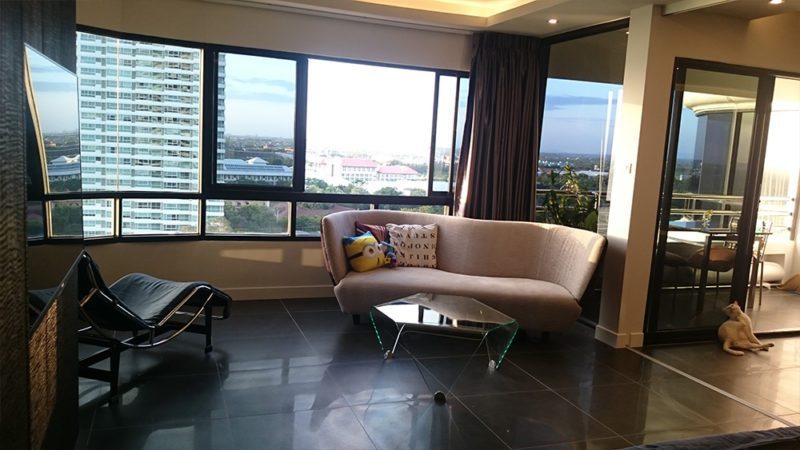
Rectangular tiles can run against the grain of a room to give it balance, hence making a really long room look squarer. Installing tiles in a diagonal pattern help to give a room an interesting sense of motion. Again, start looking at the flooring in places you enjoy hanging out to get an idea of how designers use materials and sizes to create an effect.
Color can be quite subjective. Dark tiles like slate can create a strong masculine feeling but are best used in rooms with a lot of natural light. Lighter colors like travertine, marble and natural look ceramic tiles tend to open rooms up and cool them down. Lighter colors also appeal to a wider range of people which is something to consider if you are finishing for resale or a rental market. The most important thing to ponder when choosing a tile color is time. How long can you live with that tile? If it’s some trendy green color everyone is doing, think how you will feel about it in five years. Natural or natural look tiles tend to be more palatable to more people for longer periods of time.

